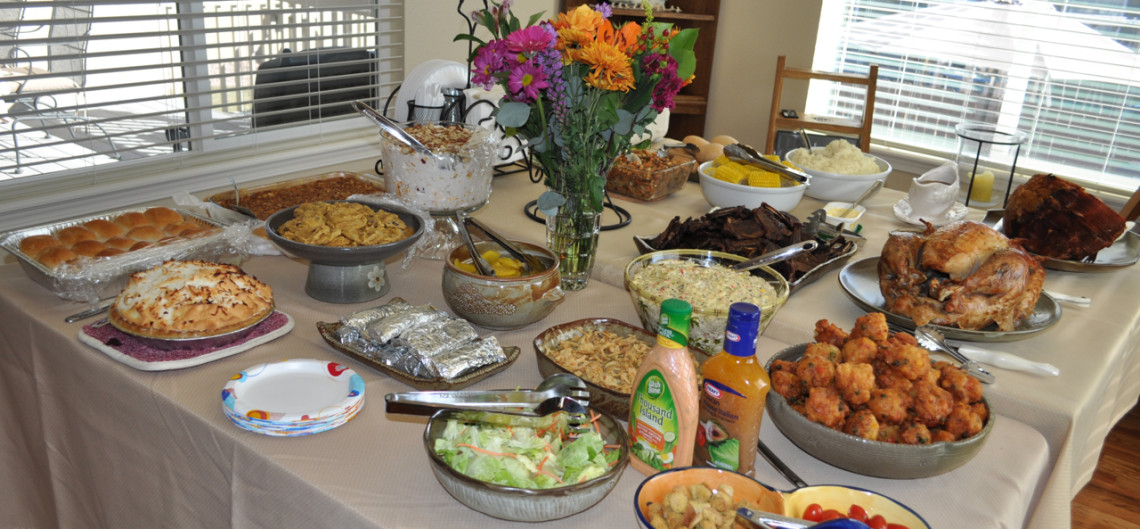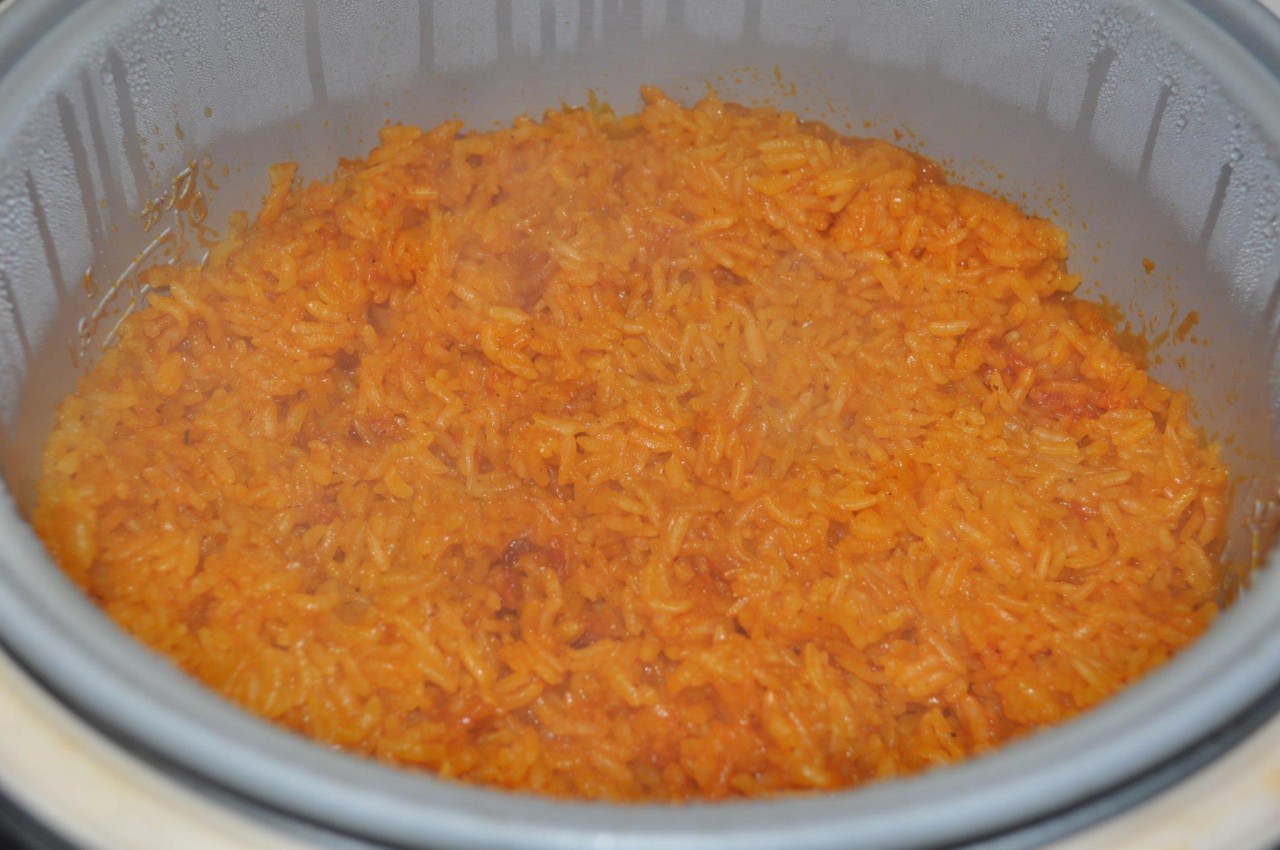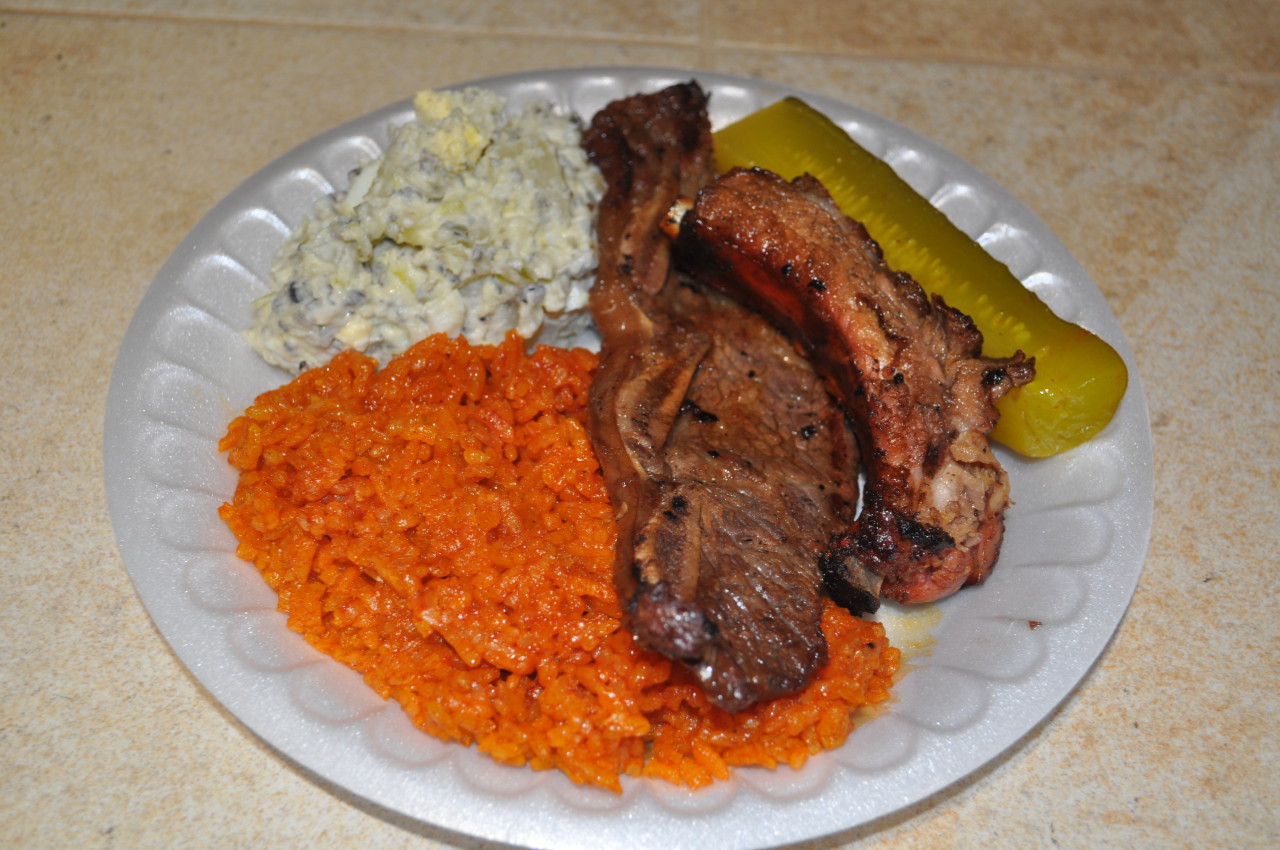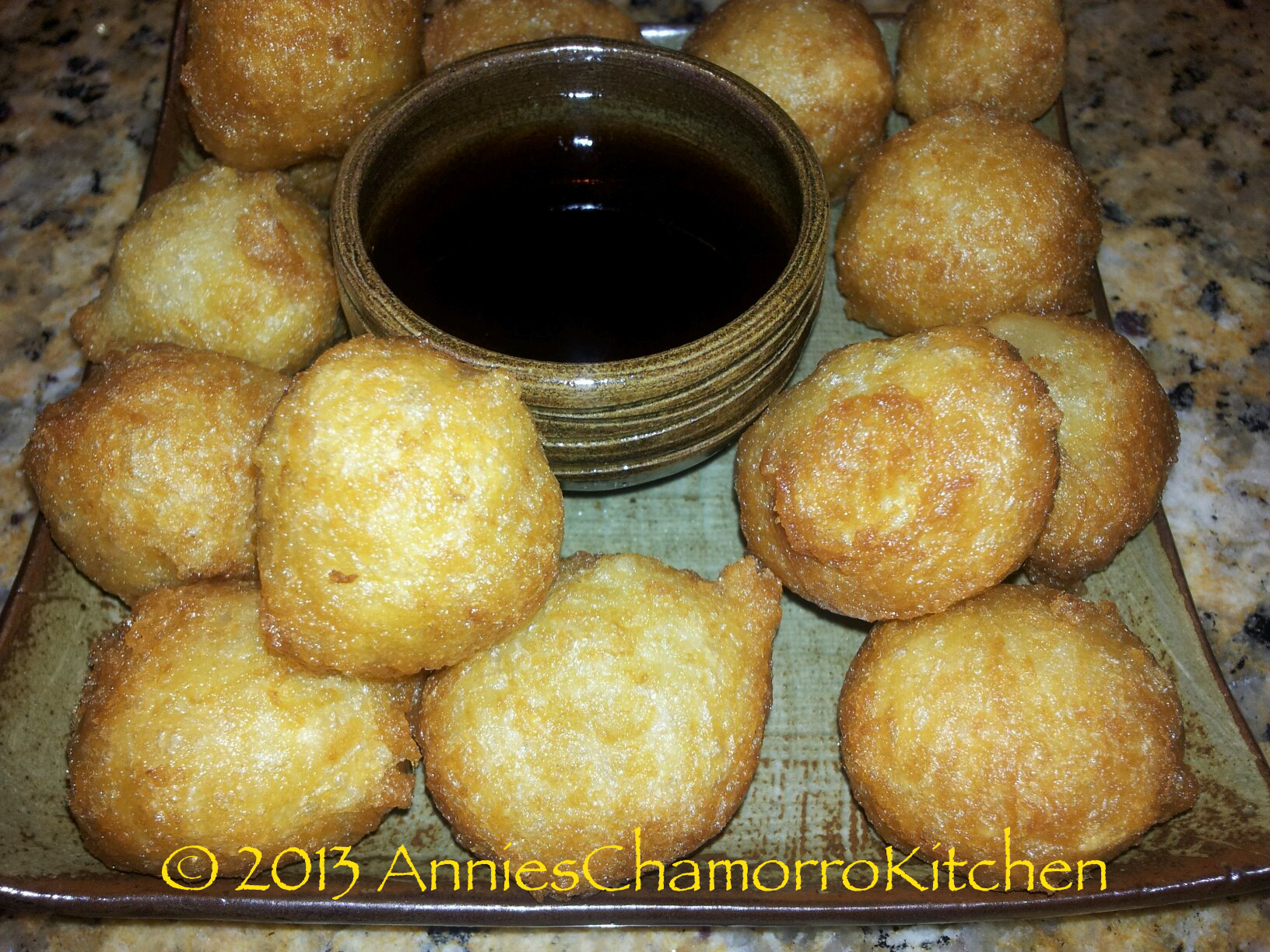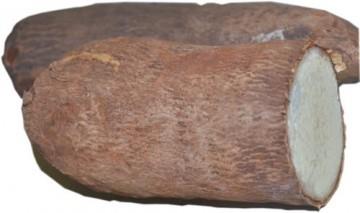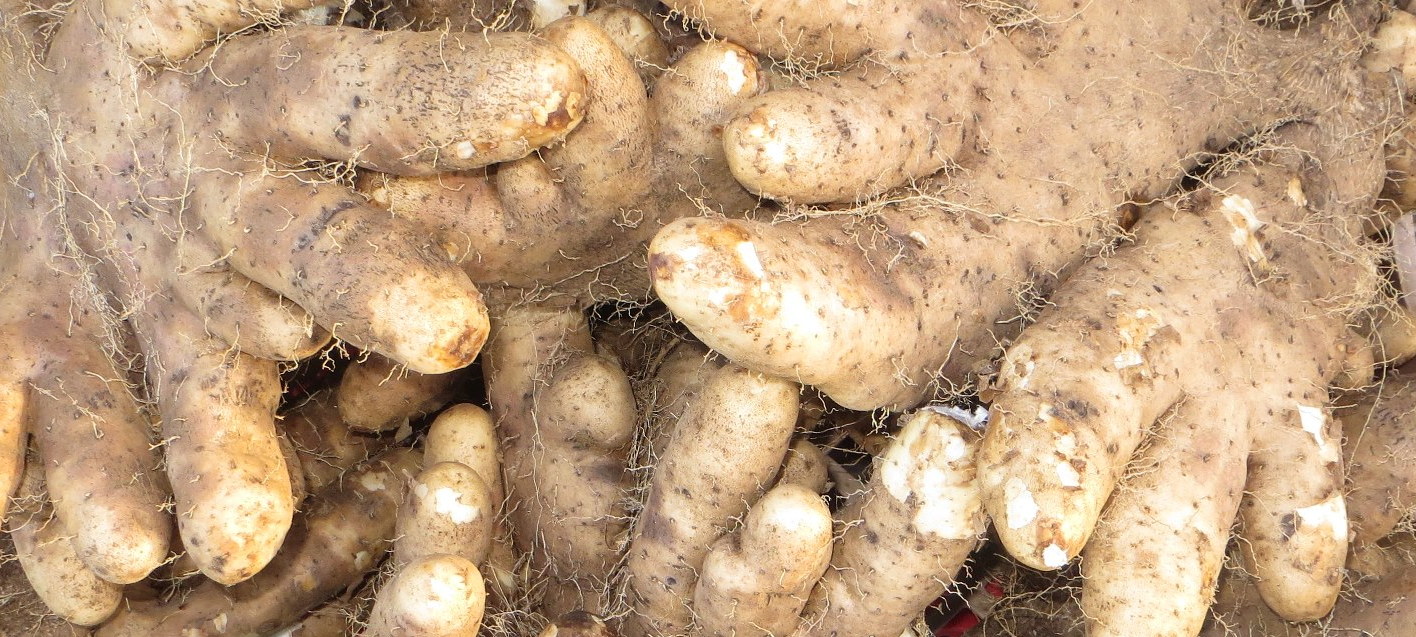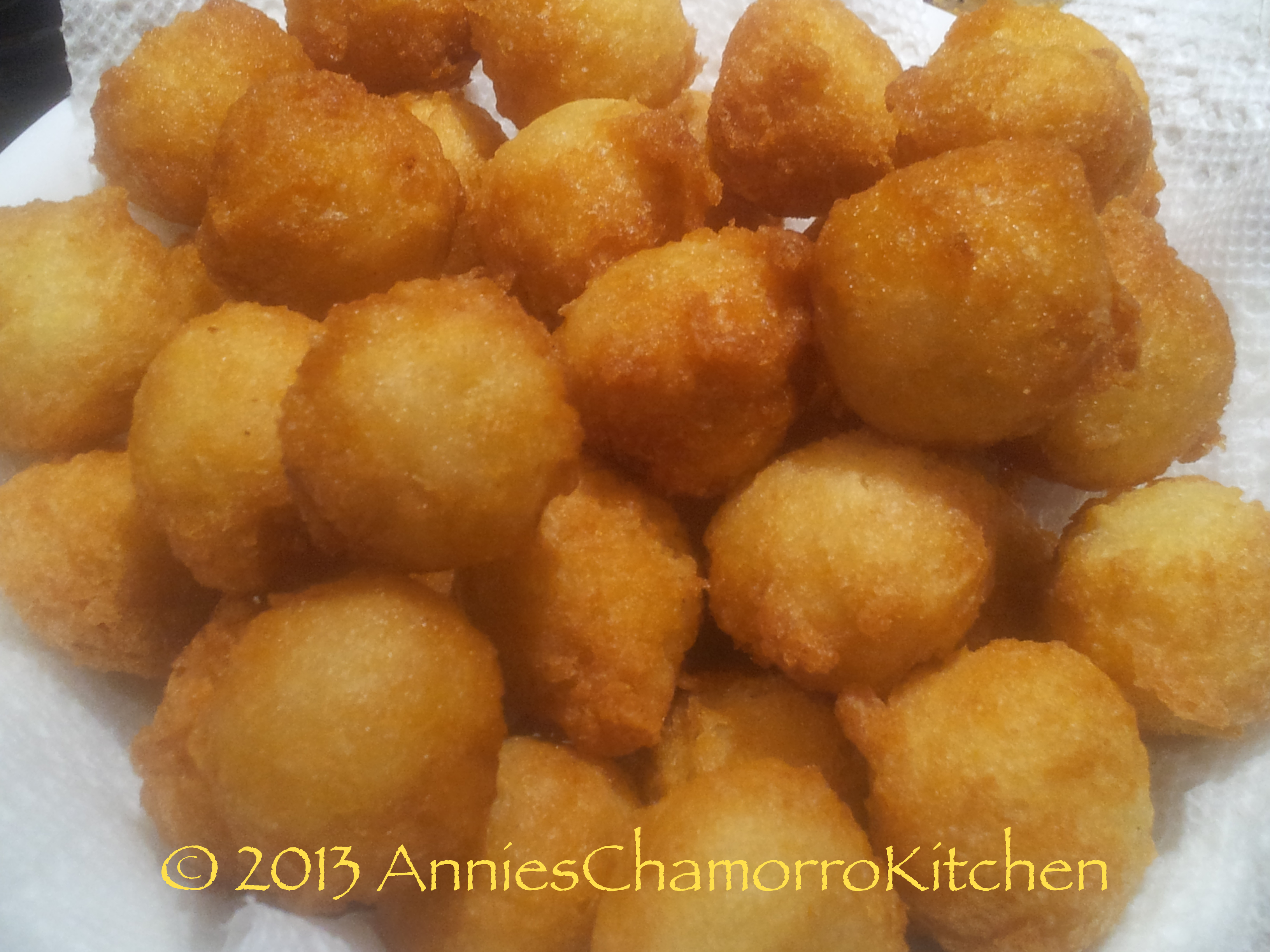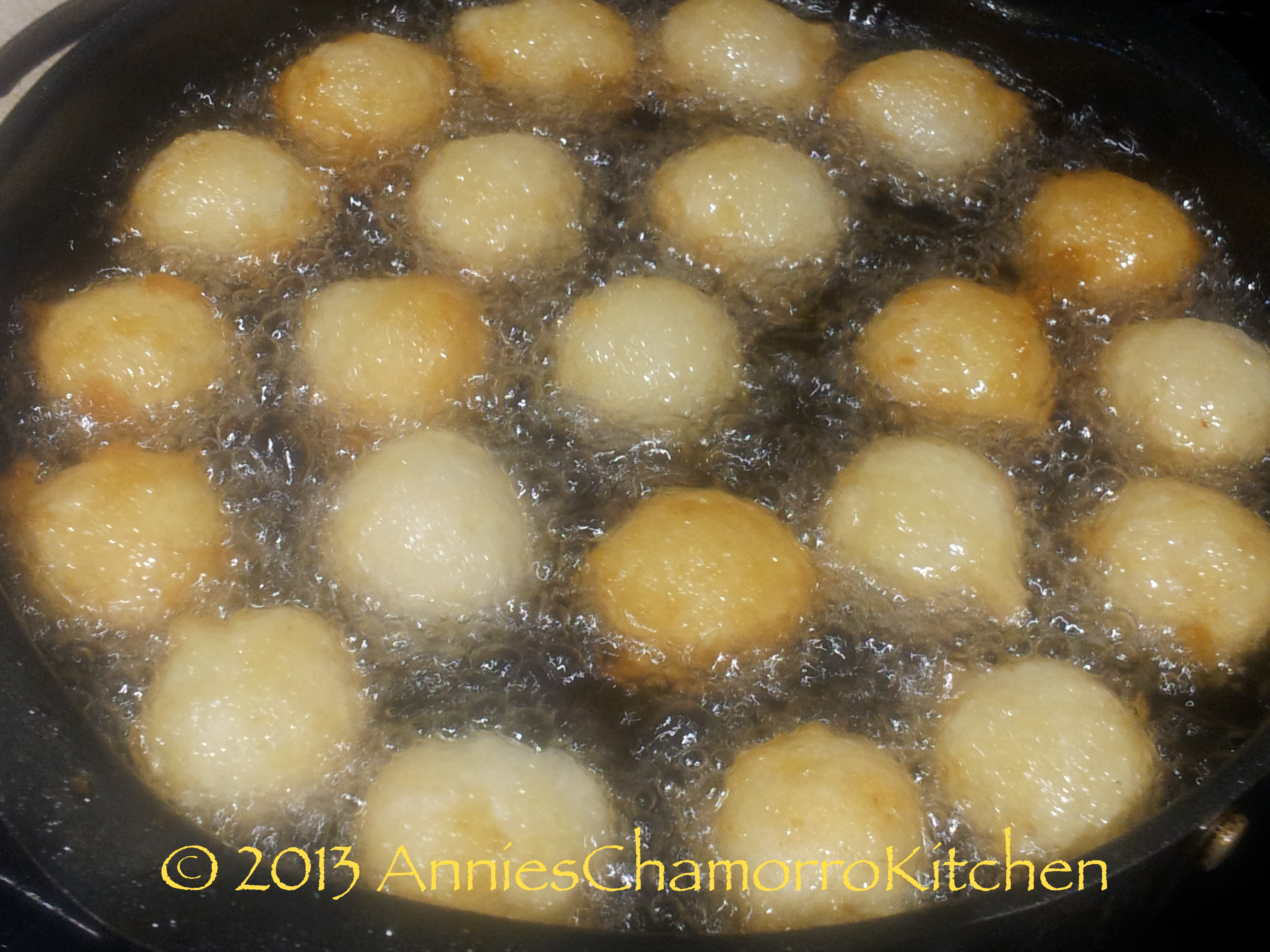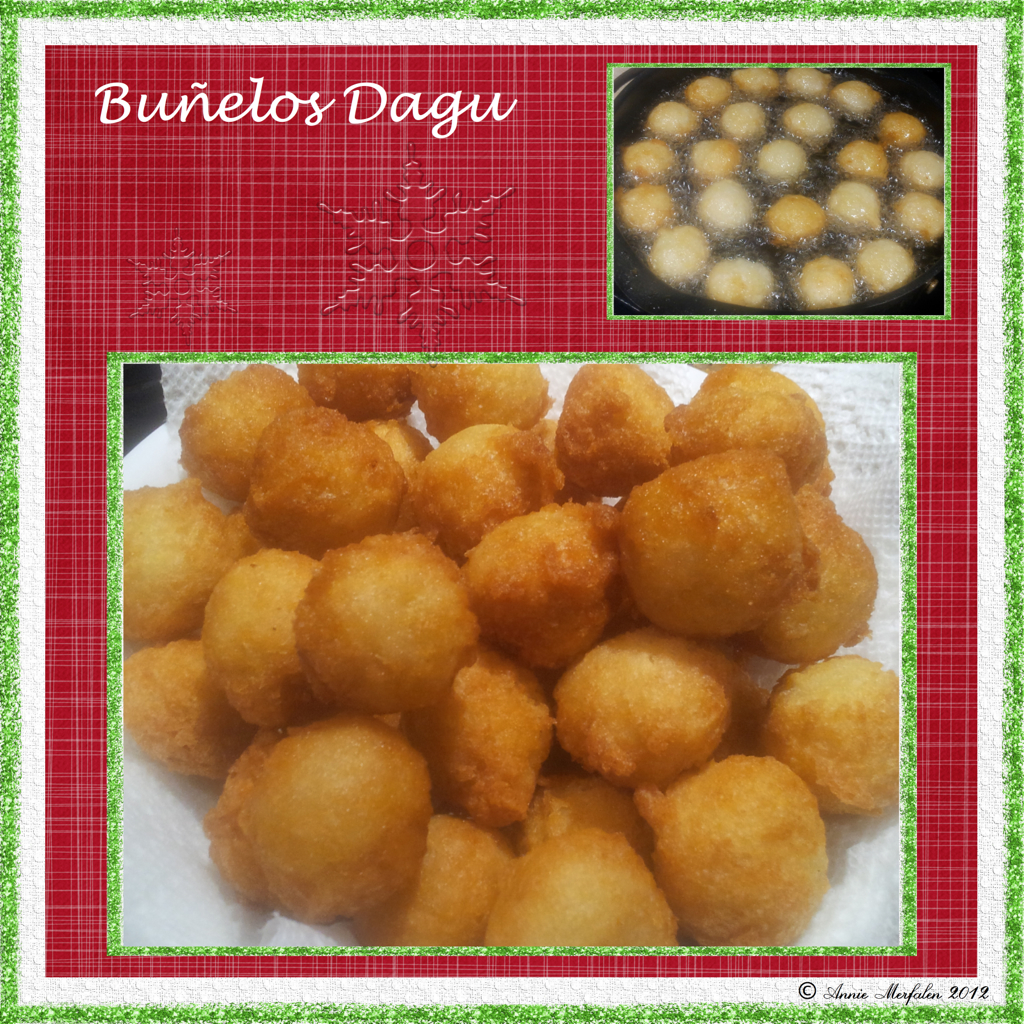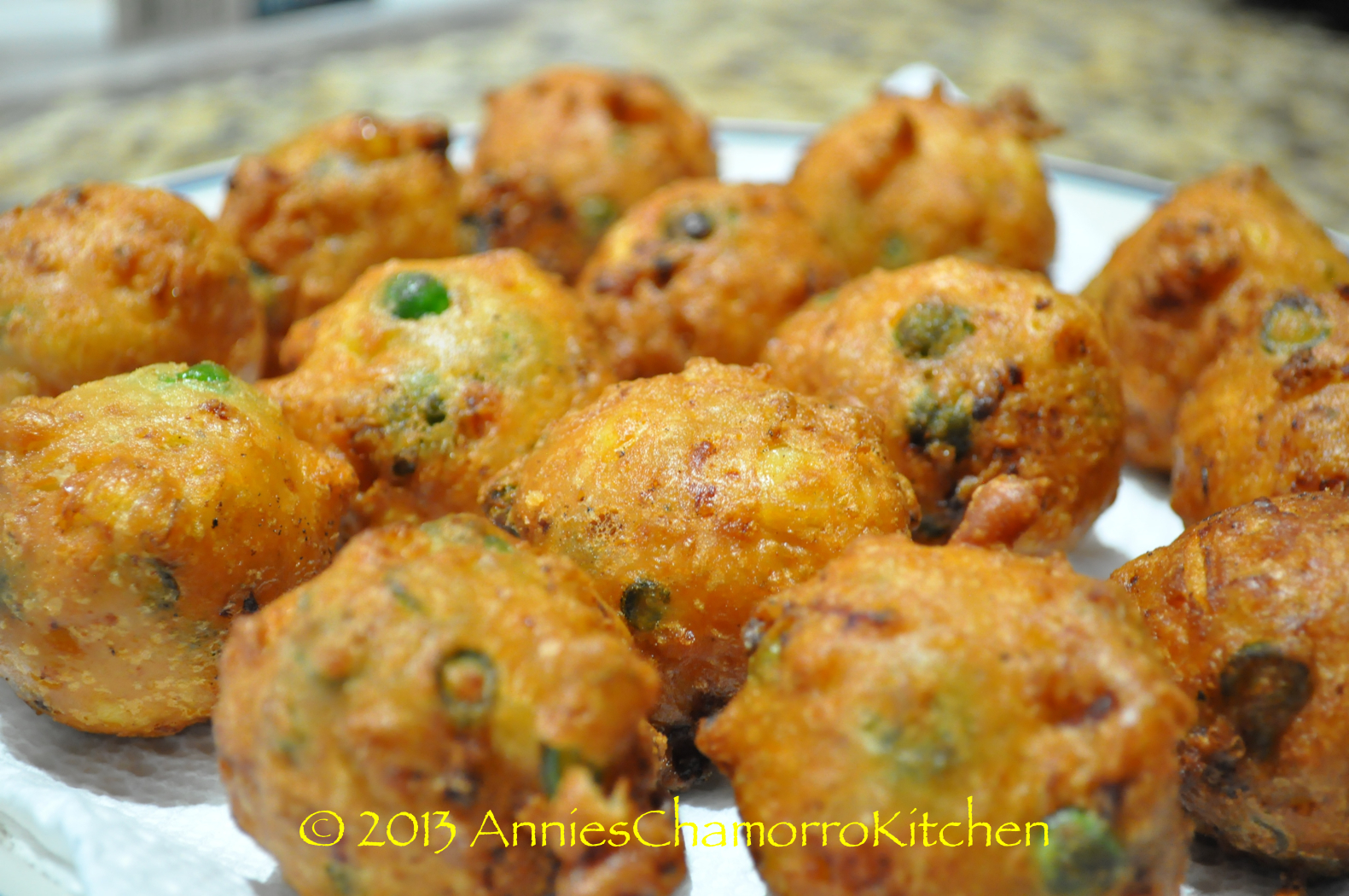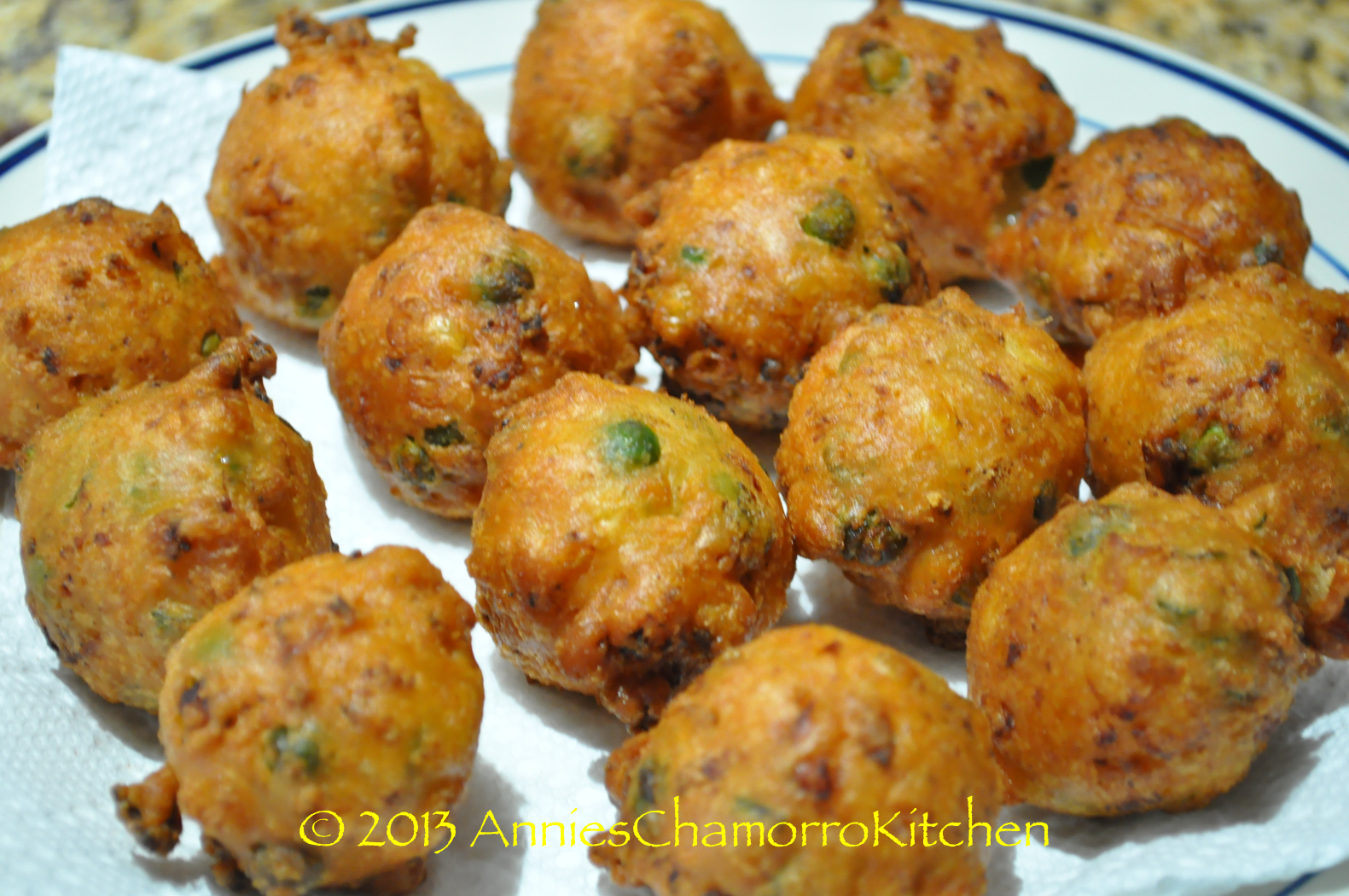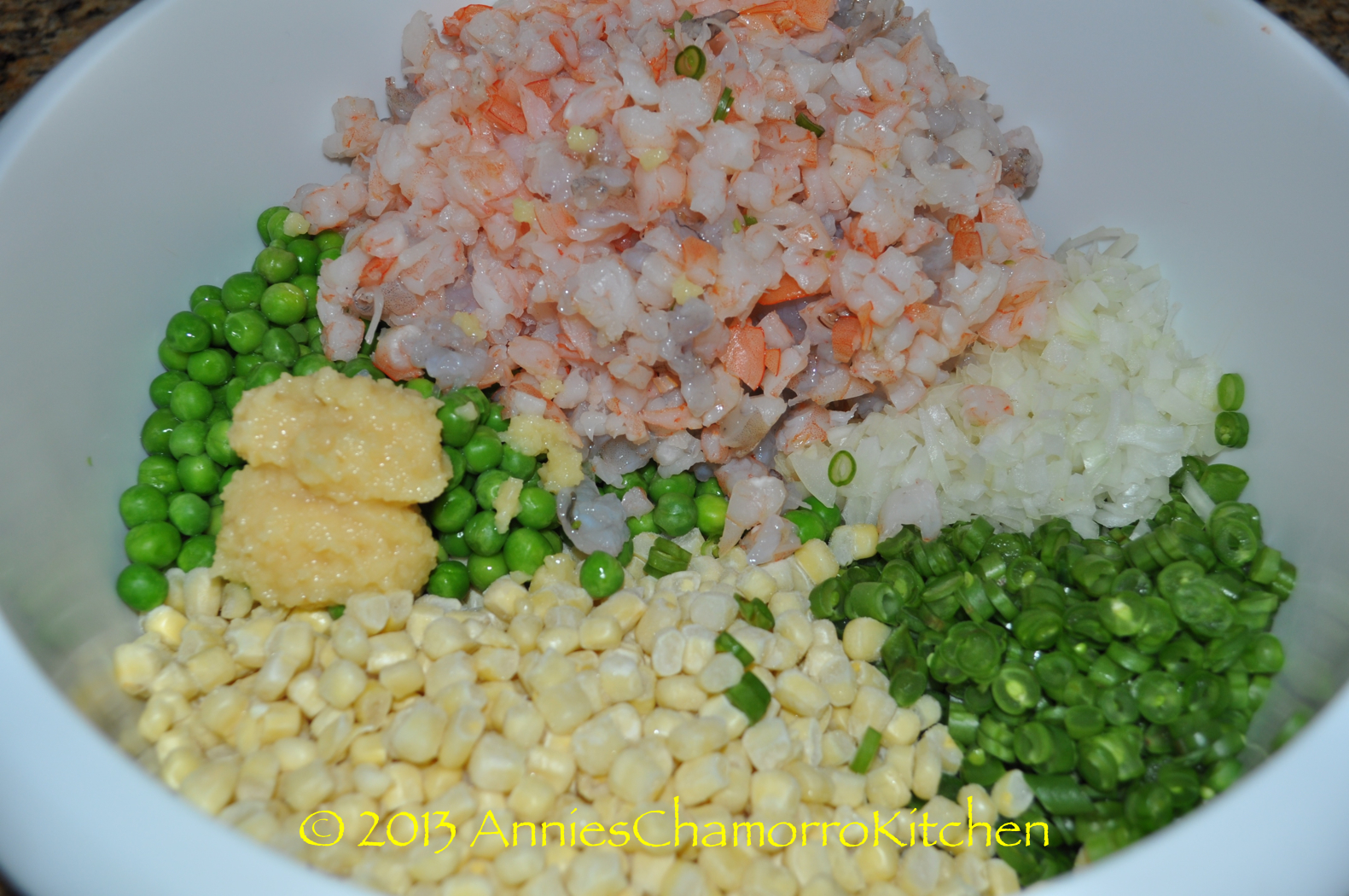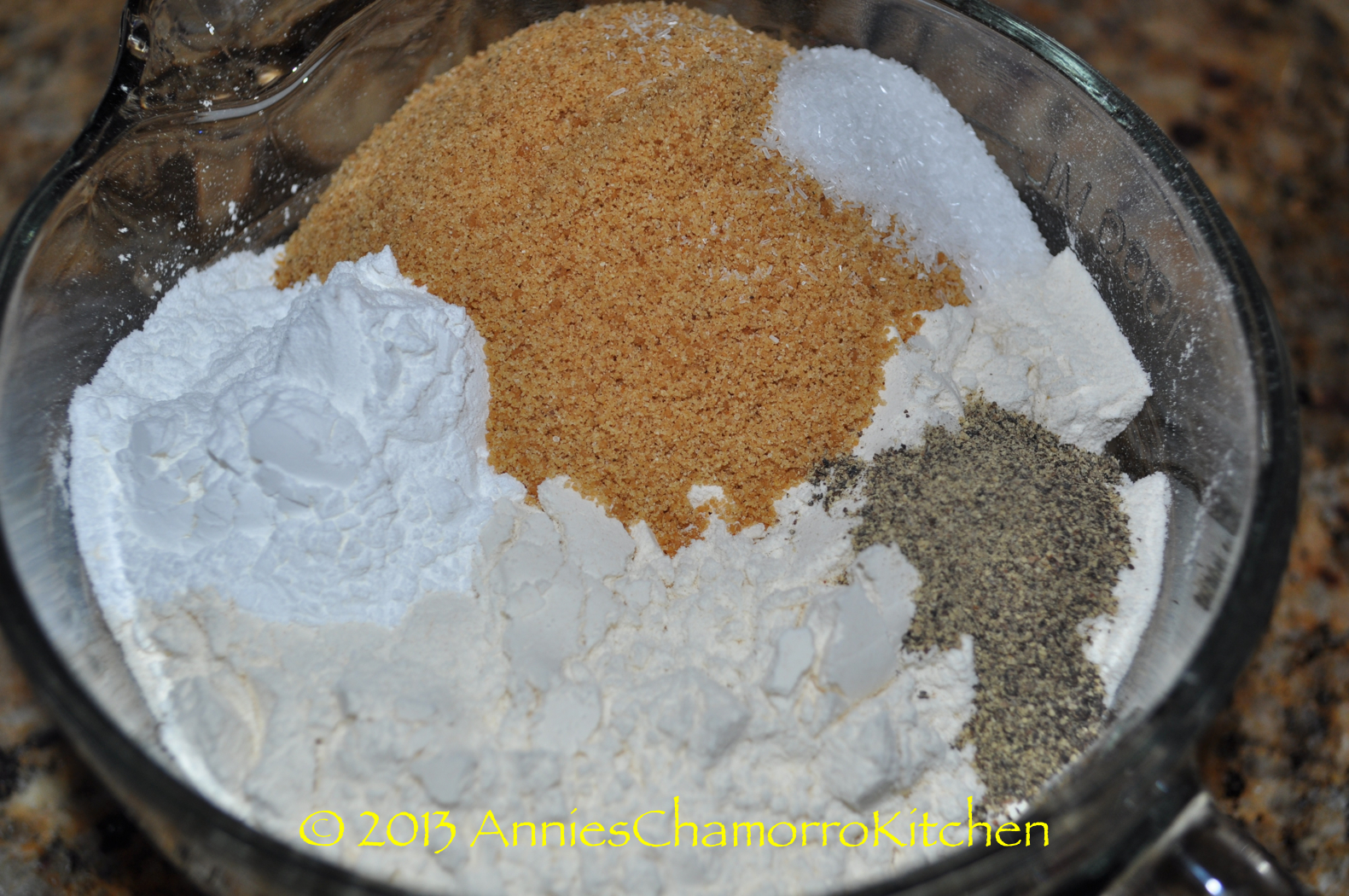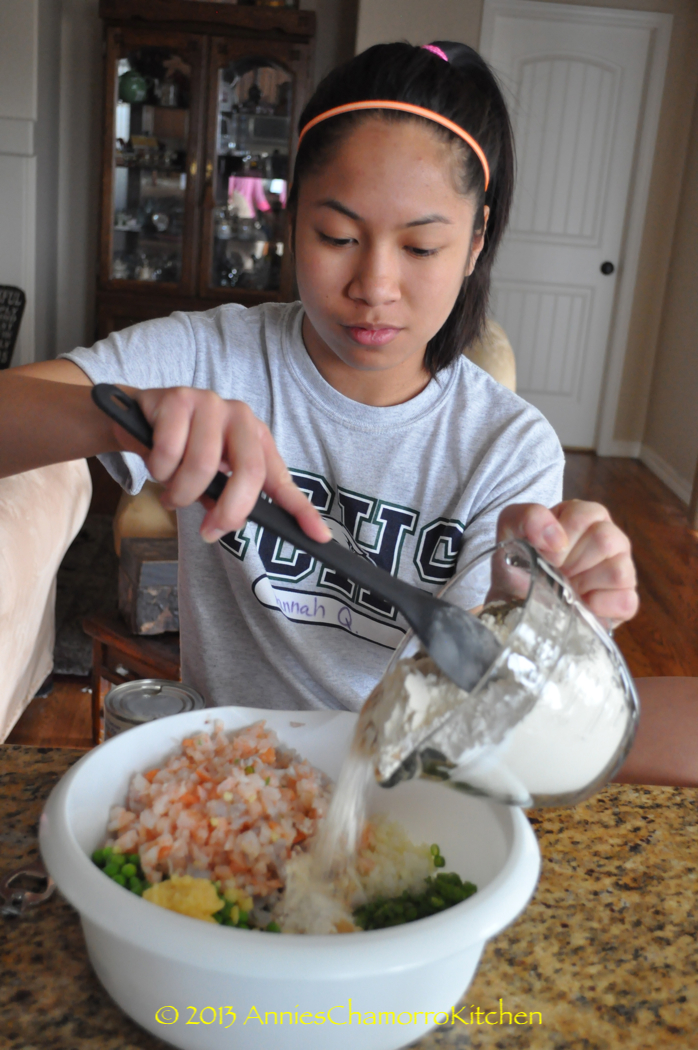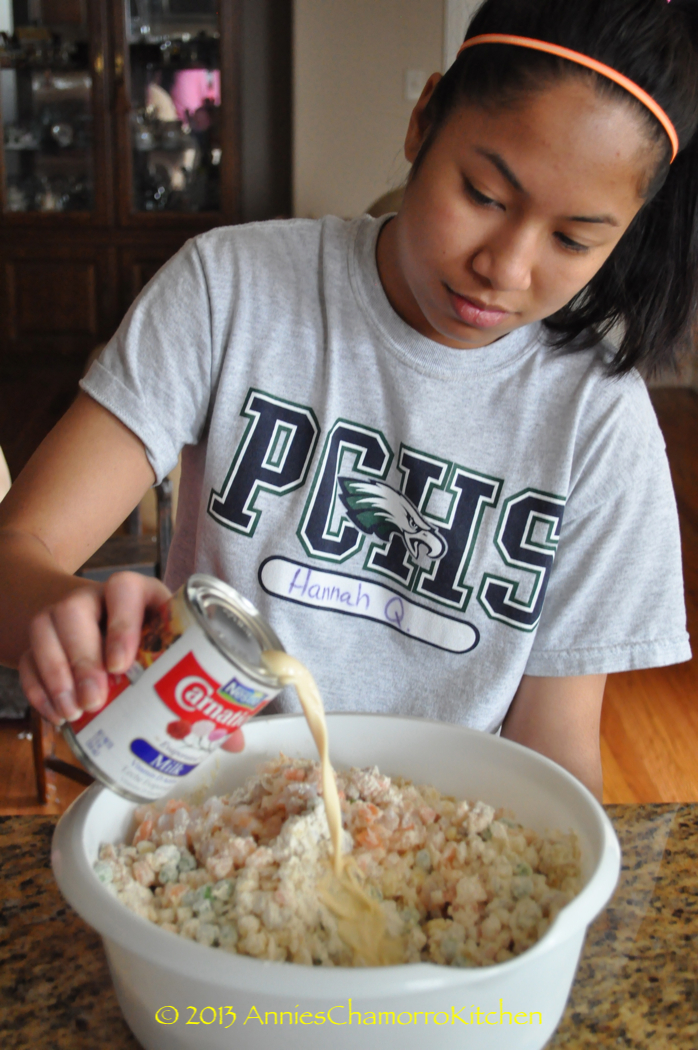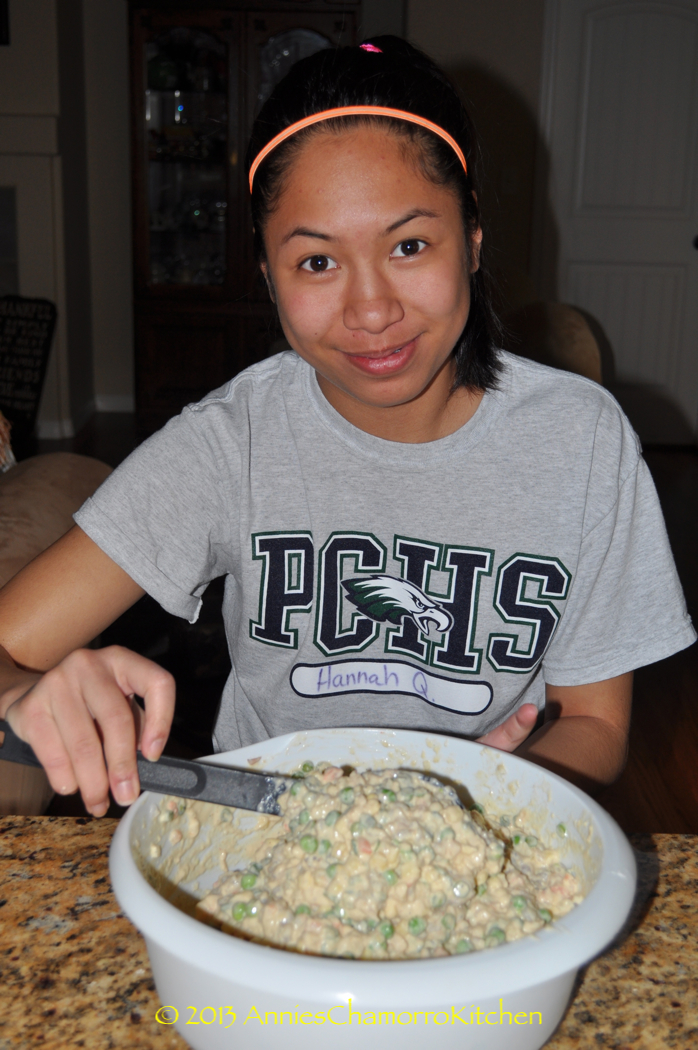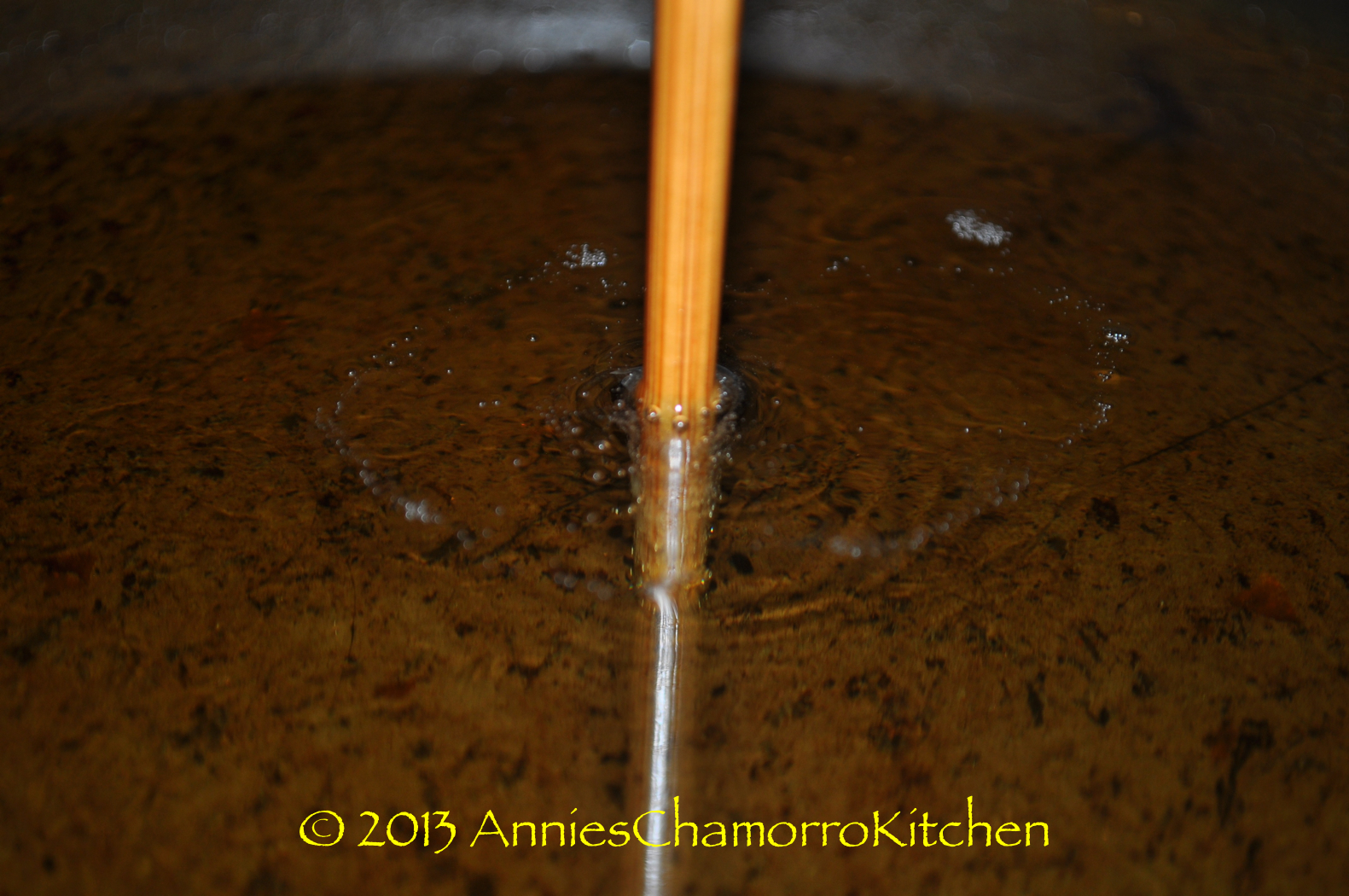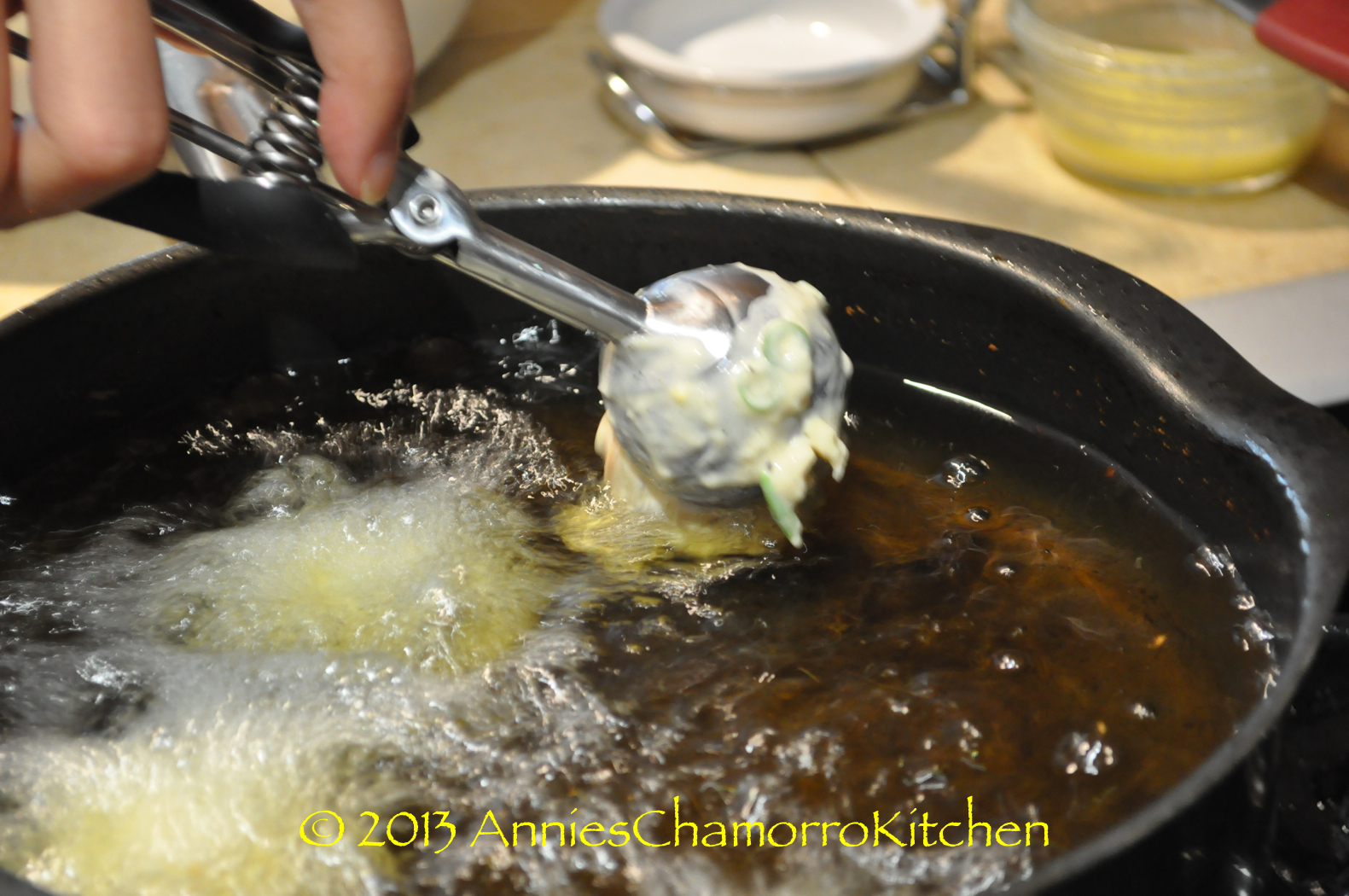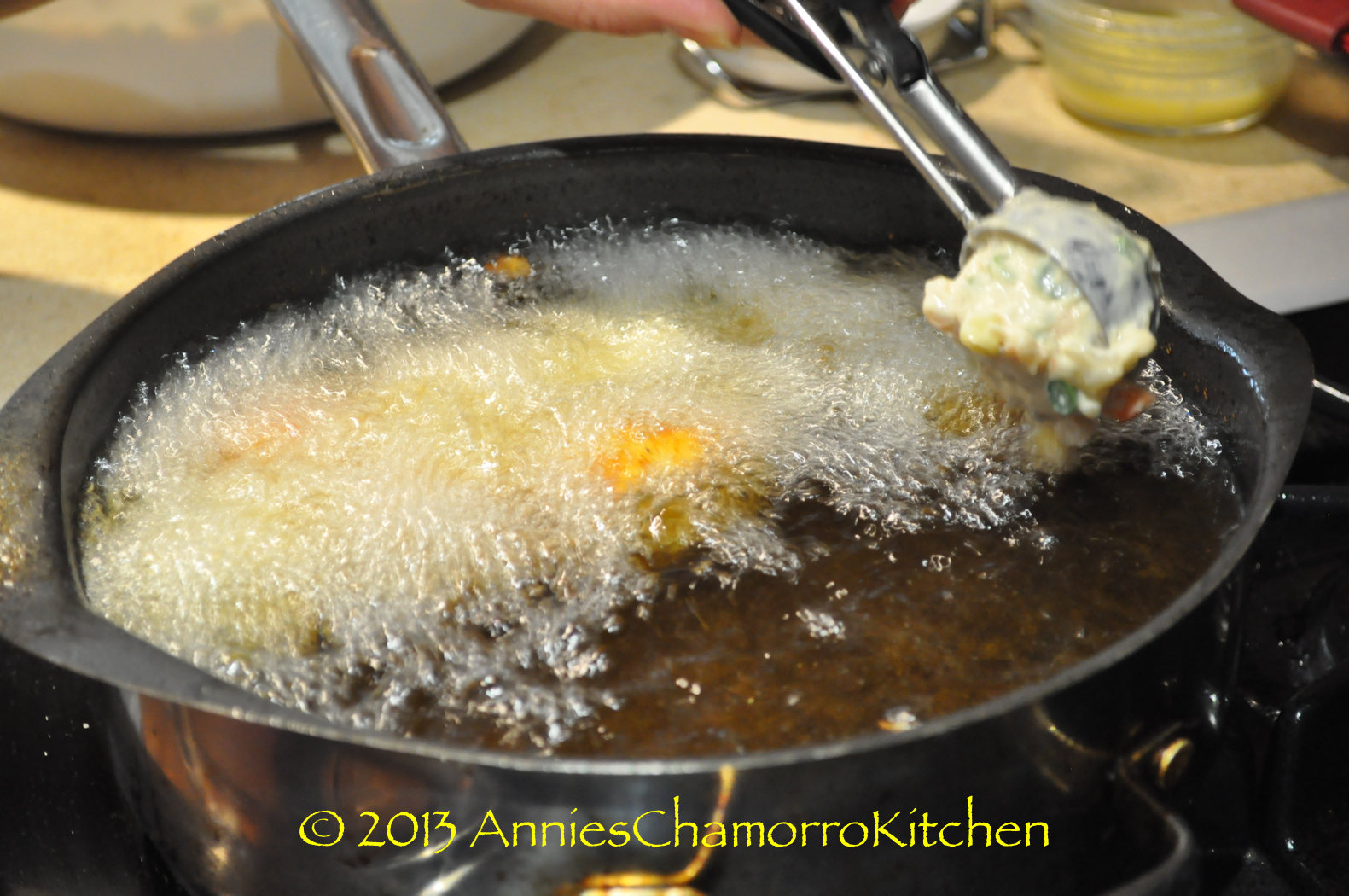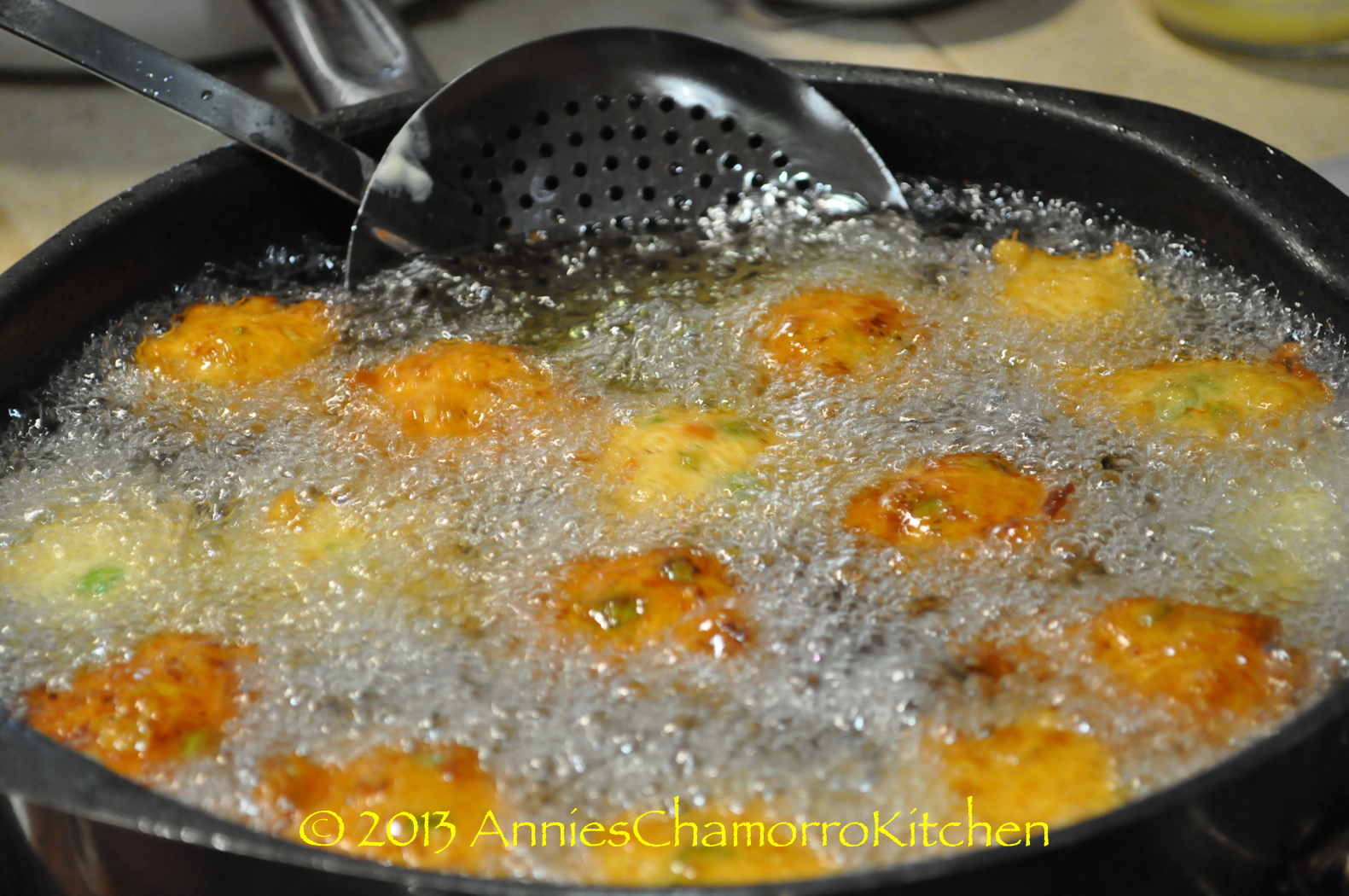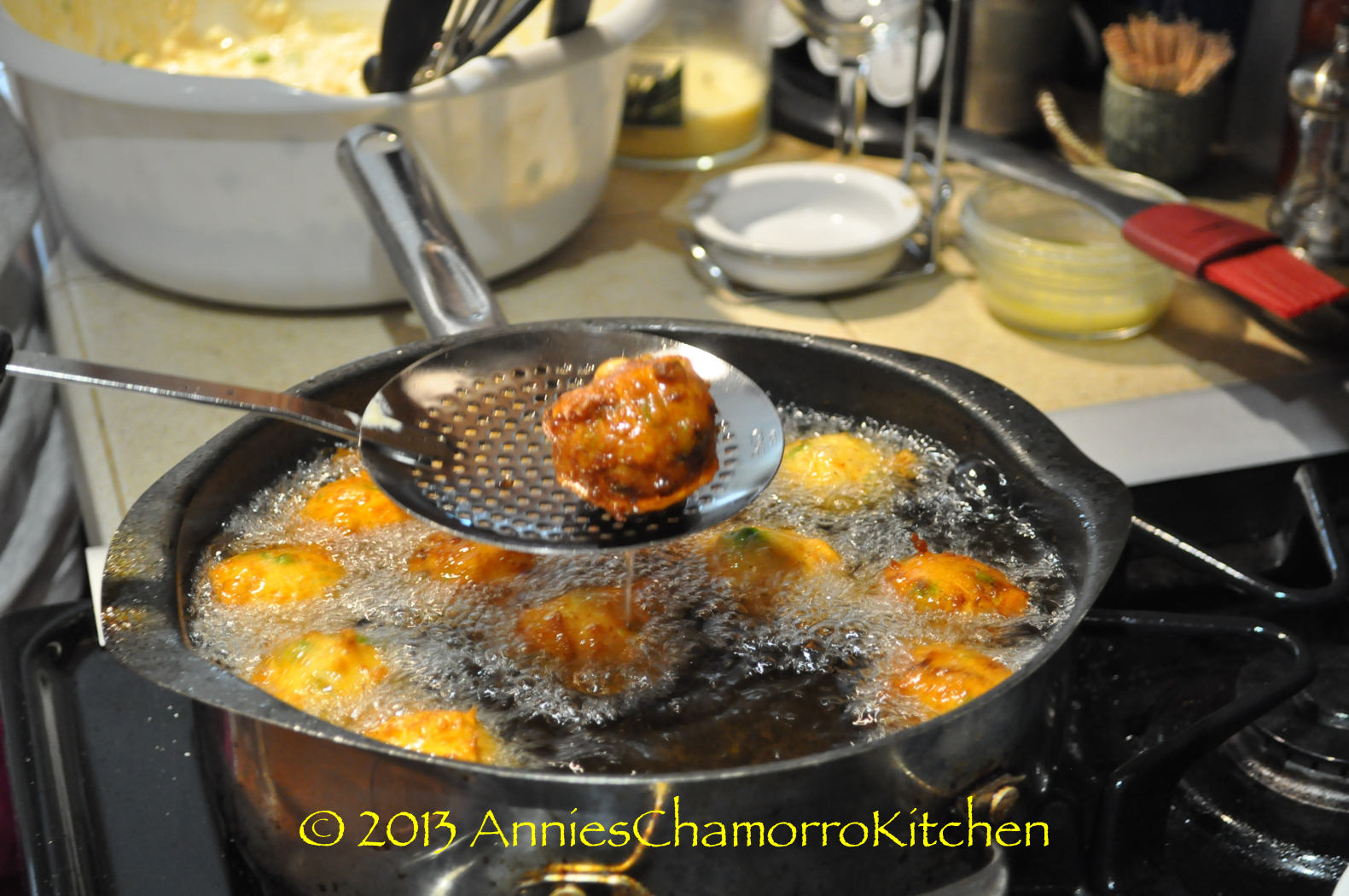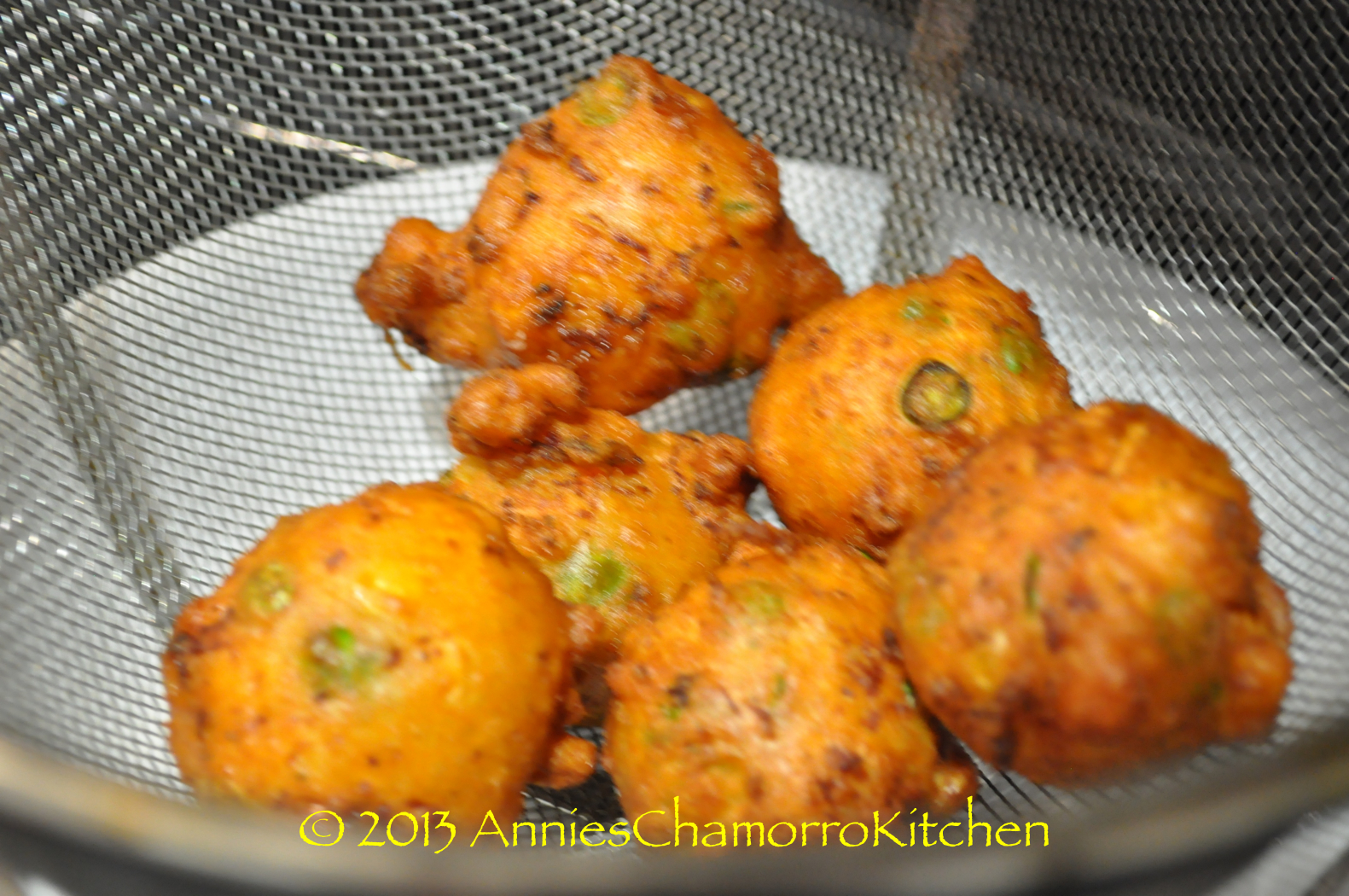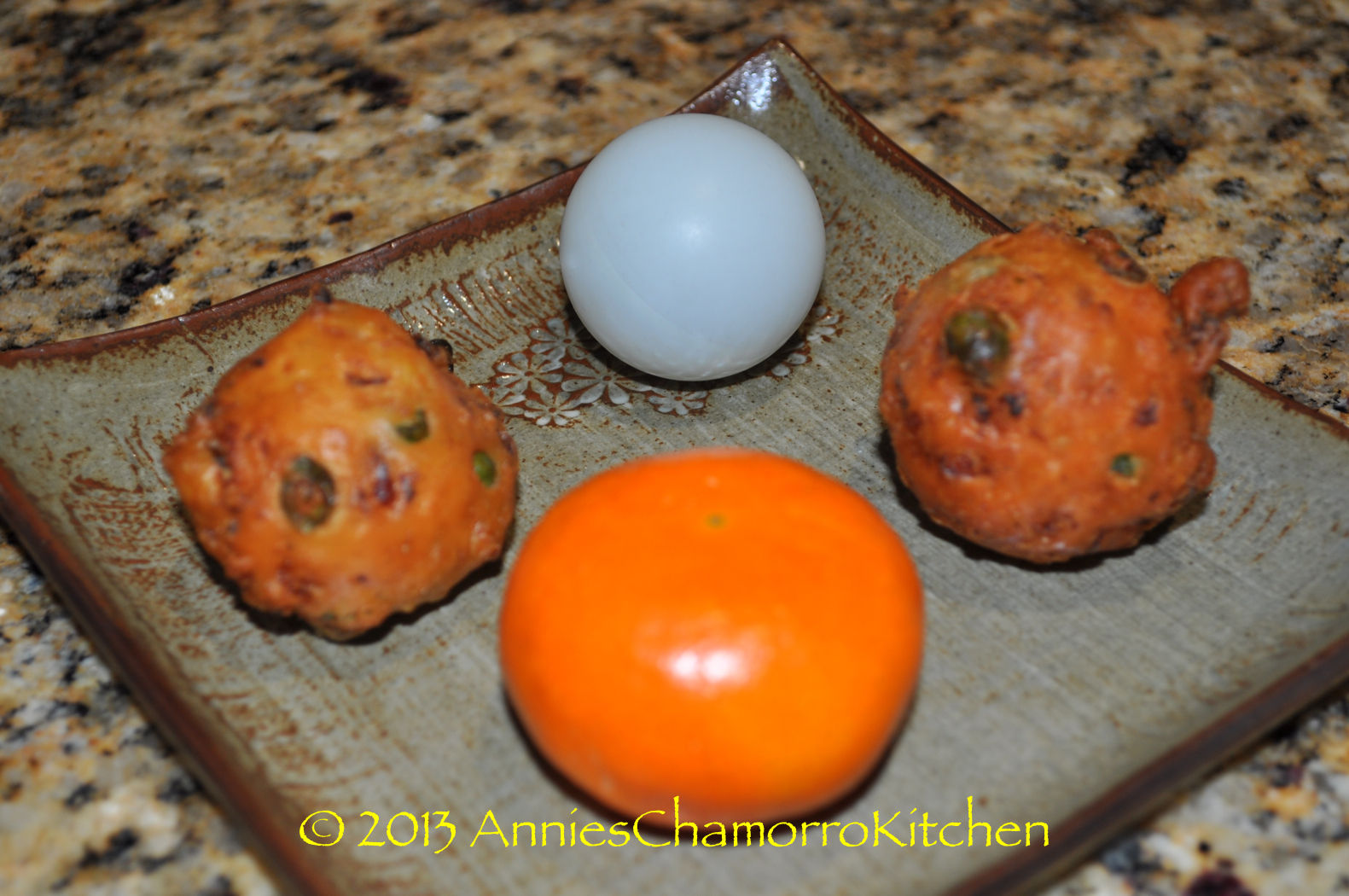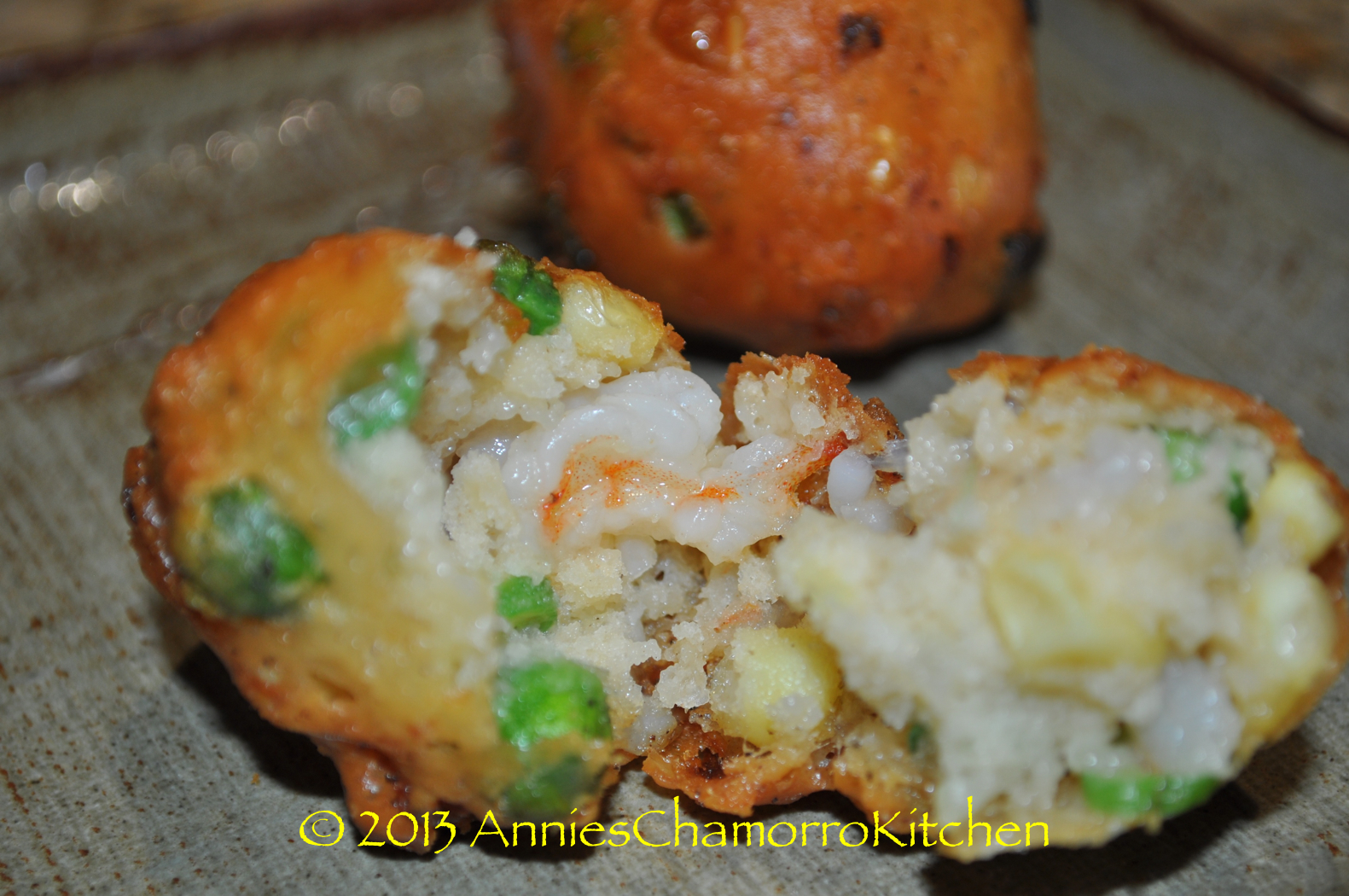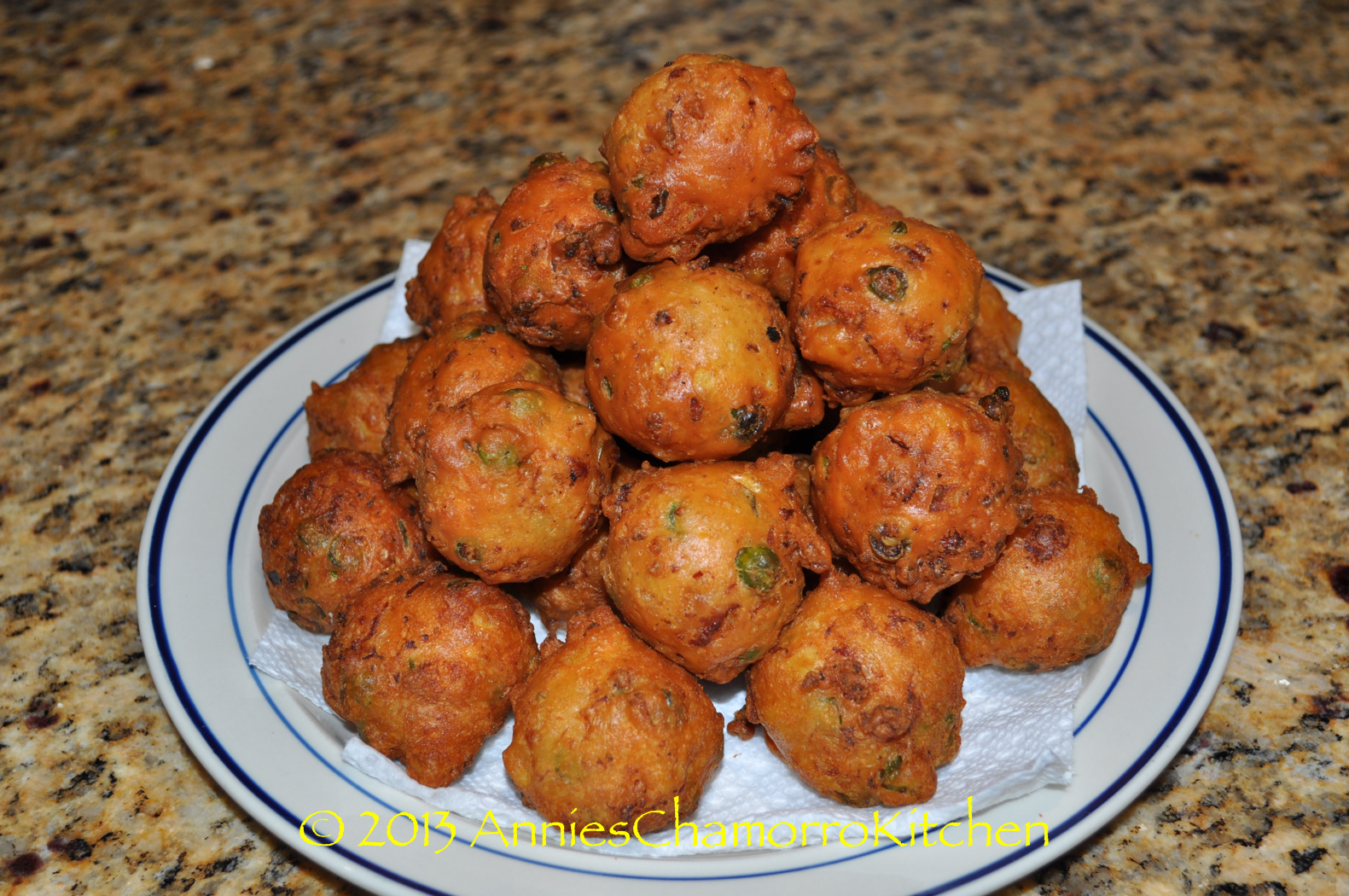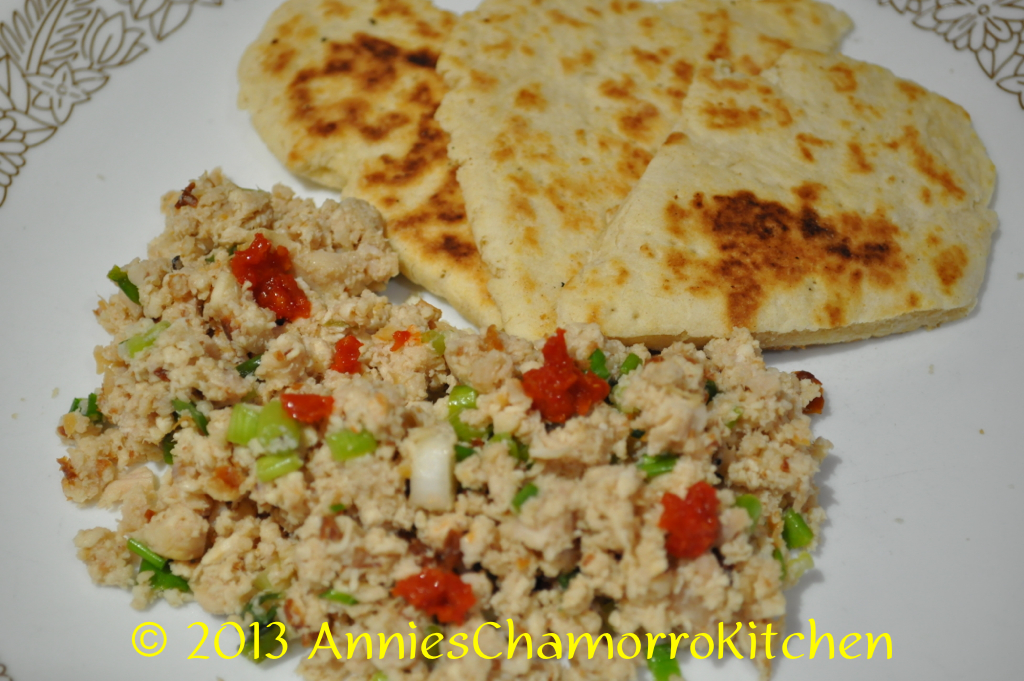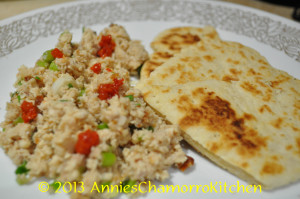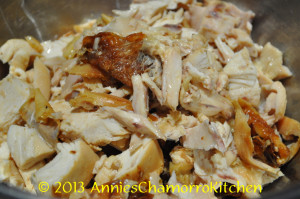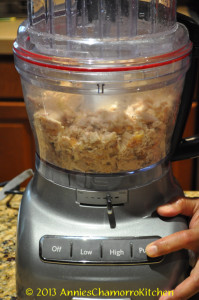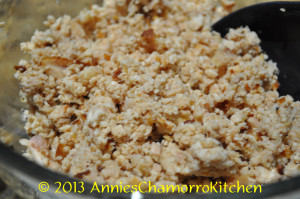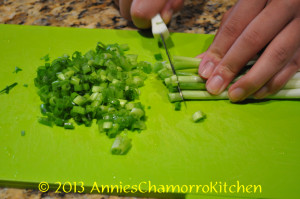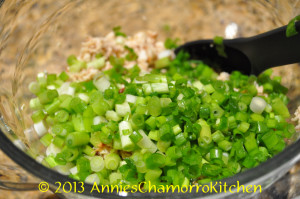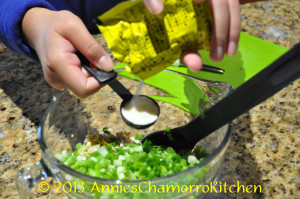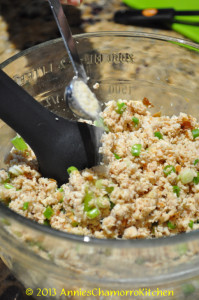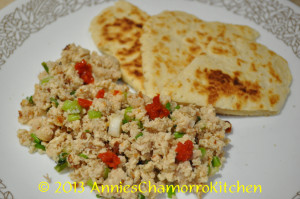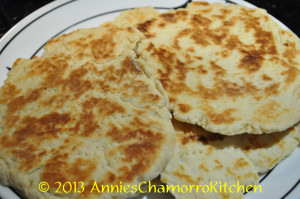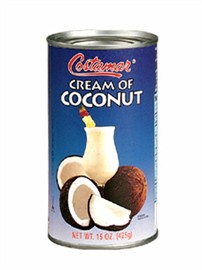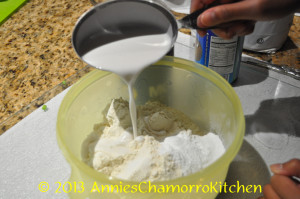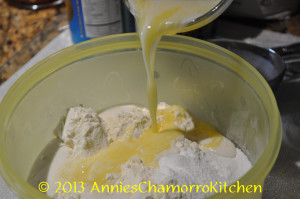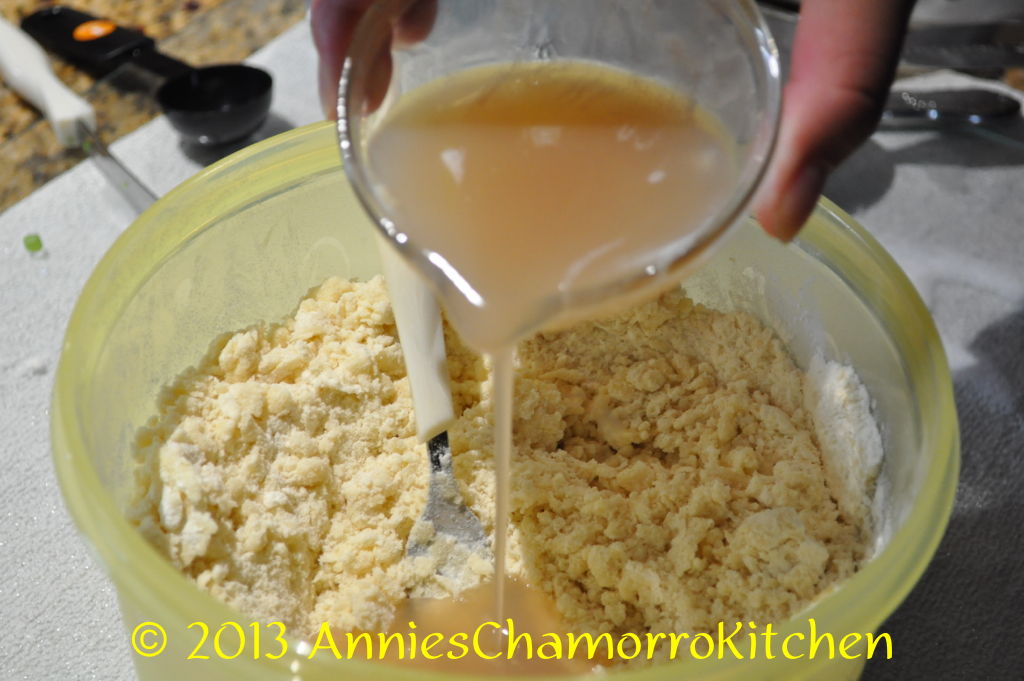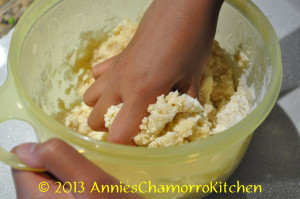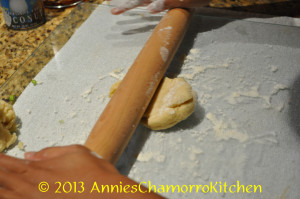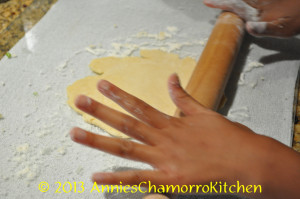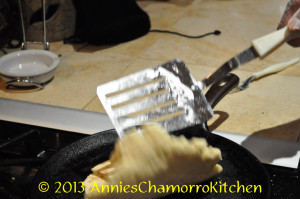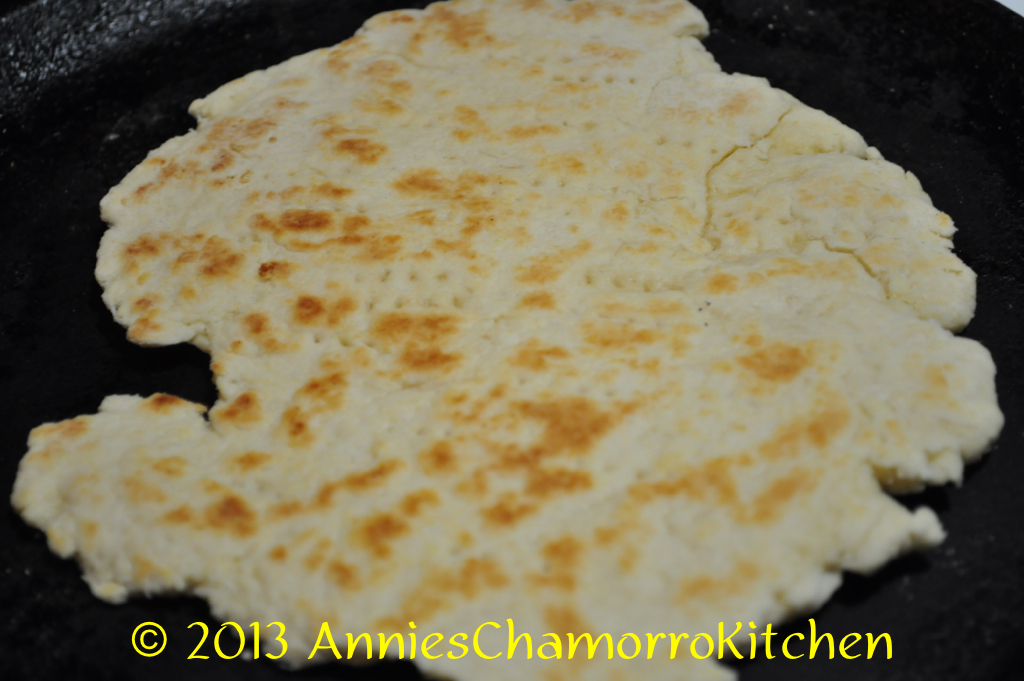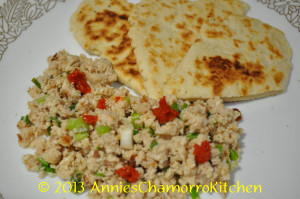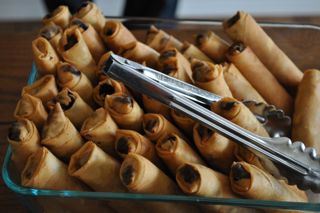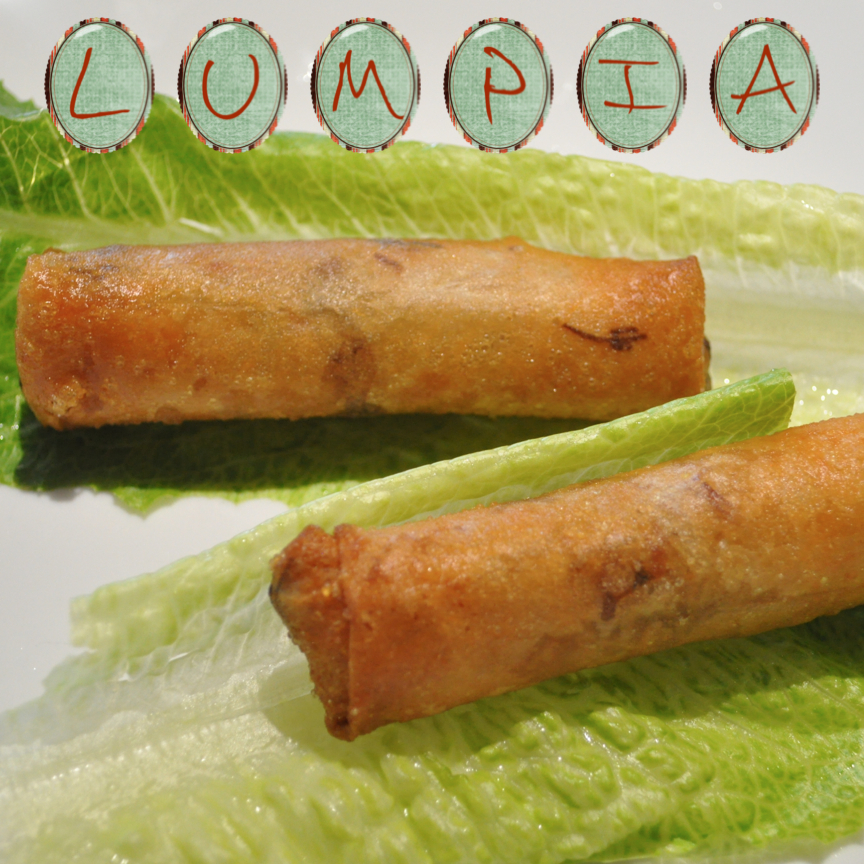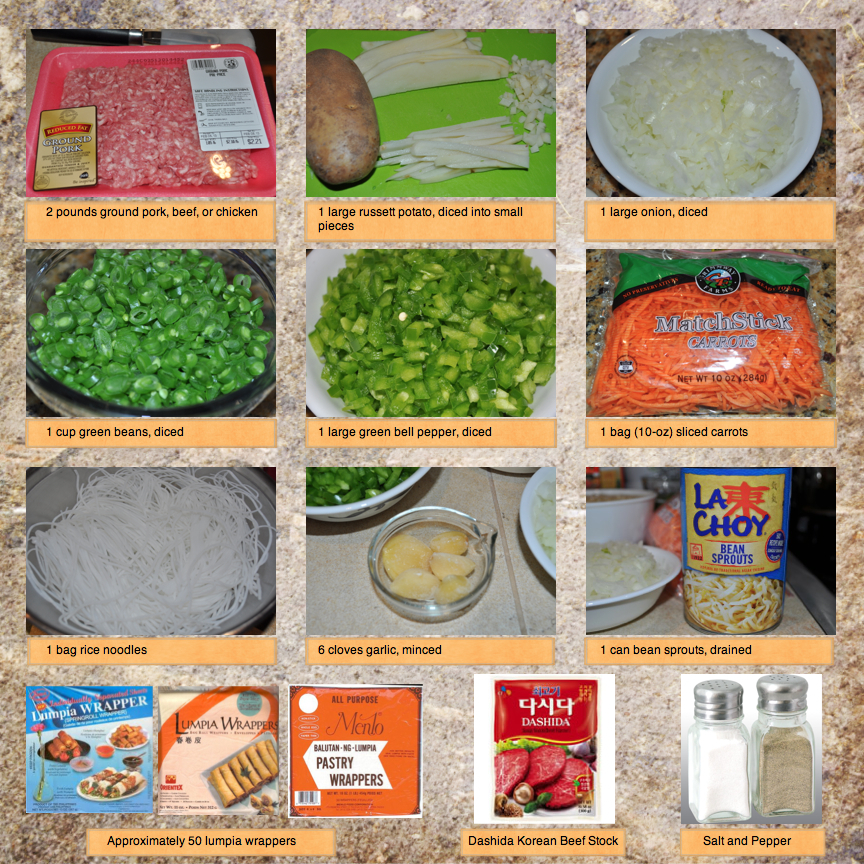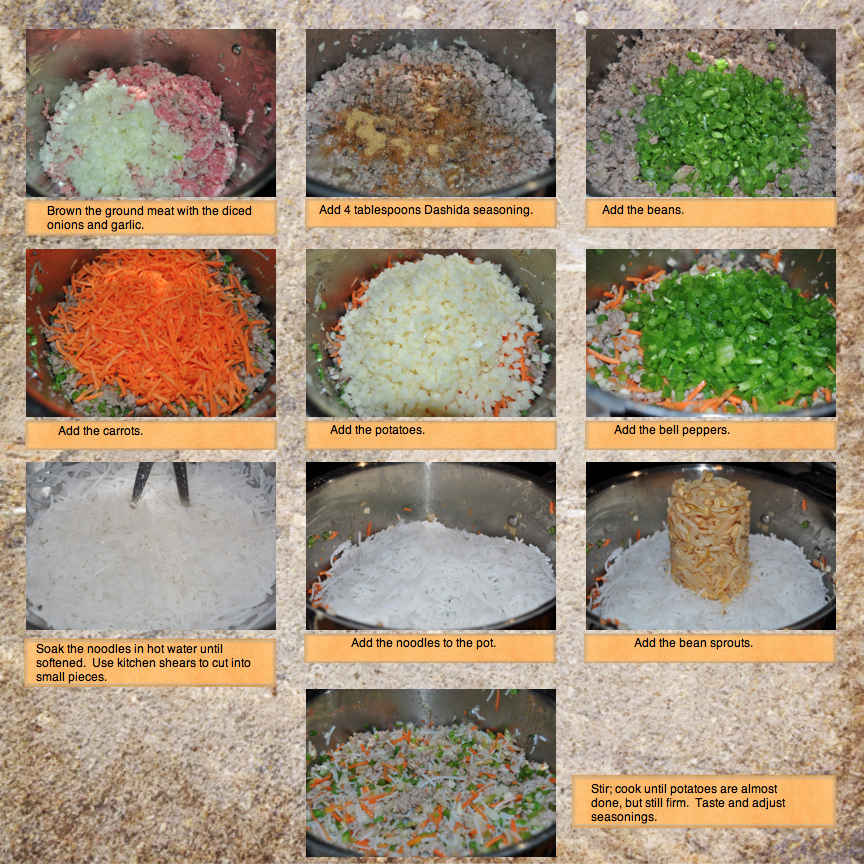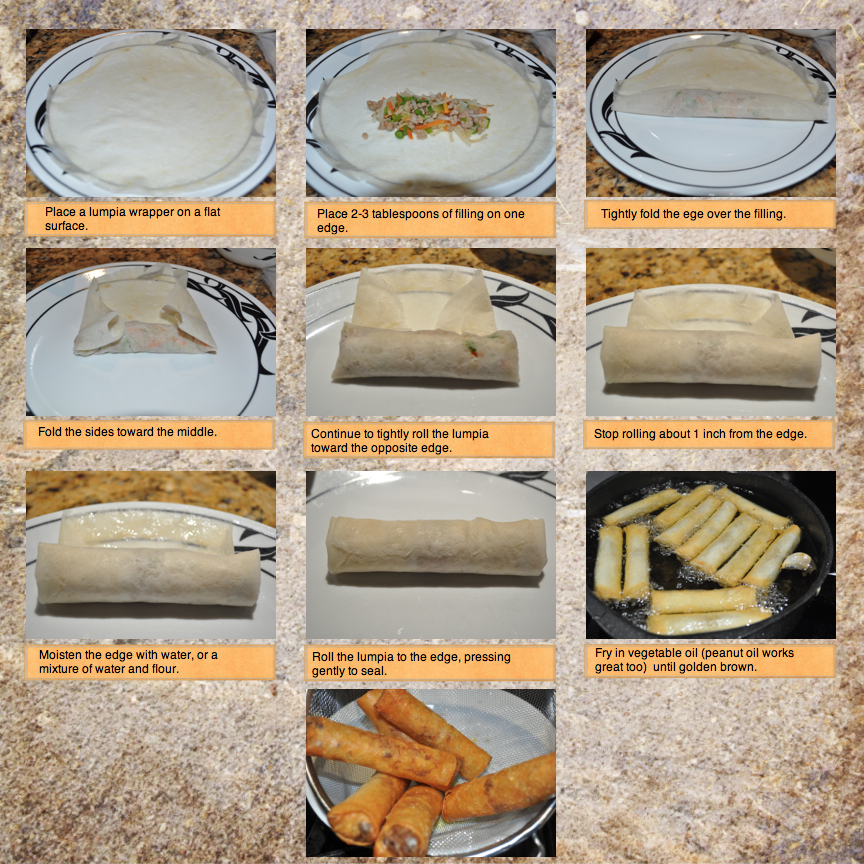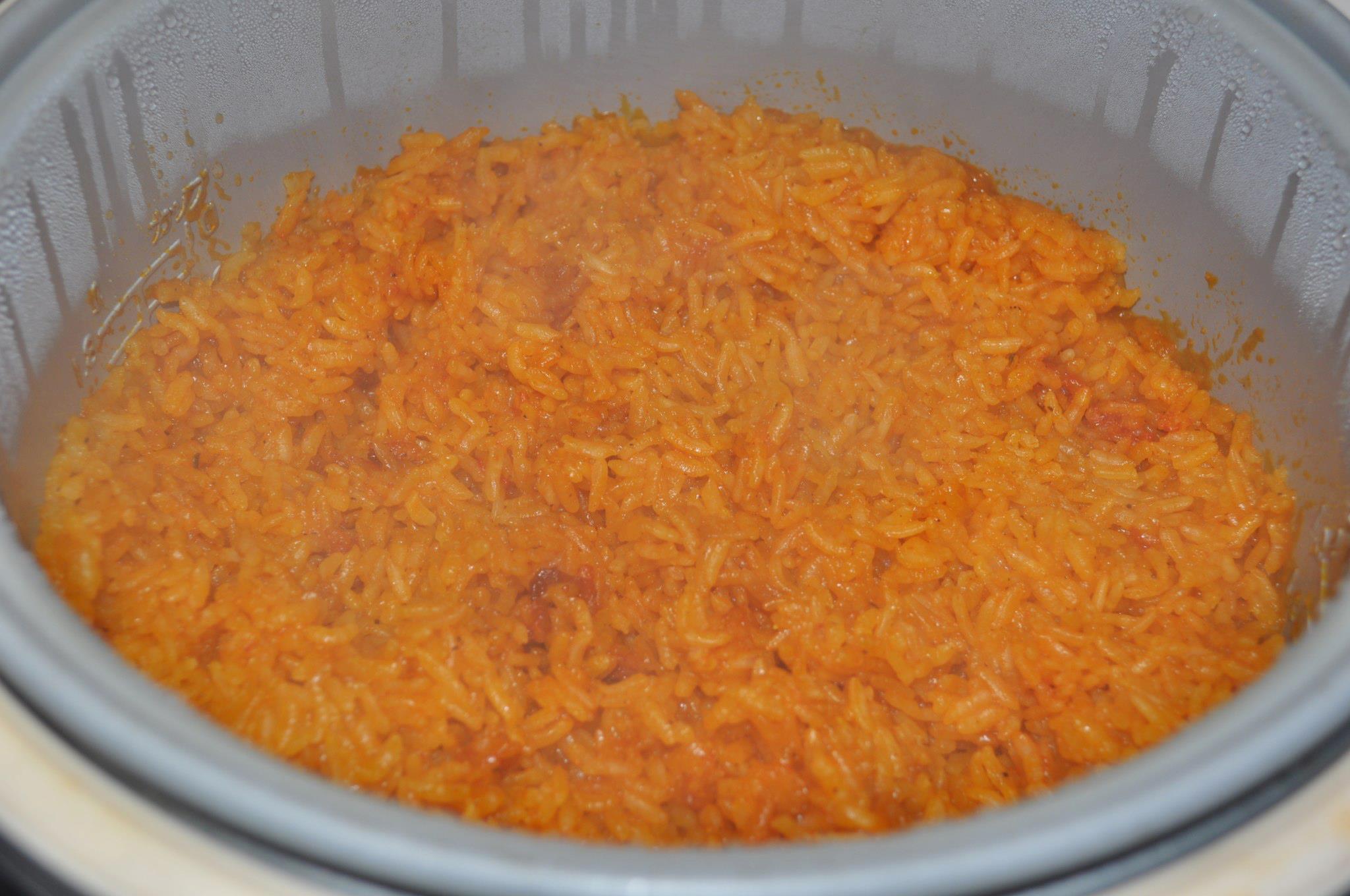
Red Rice is a must-have for any Chamorro Fiesta menu. Without red rice, it just won’t seem much like a fiesta.
You don’t need to go to a party or fiesta to enjoy this Chamorro staple. My family loves red rice served with fried chicken, or pan-fried Spam. 🙂
Some people add peas to their red rice, but I like mine without it.
Serve some Chamorro Red Rice at your next gathering for that extra special touch.
Give my recipe a try. I think you’ll like it. 🙂
Red Rice
Ingredients:
- 3 cups rice (medium or long grain)
- 1 tablespoon Dashida seasoning
- 1 tablespoon bacon fat (or substitute with olive or vegetable oil)
- 1/4 teaspoon black pepper
- 1 teaspoon chopped garlic
- 4 stalks green onions, sliced
- 1 packet achote powder (see note below)
- 3 1/2 cups hot water (see note below)
To make 10 cups of red rice (enough for a small BBQ), use the following measurements:
- 10 cups rice
- 3 tablespoons Dashida
- 3 tablespoons bacon fat
- 1/2 teaspoon black pepper
- 1 tablespoon chopped garlic
- 8 stalks green onions, sliced
- 3 packets achote powder
- 11 1/2 cups hot water
Note:
You can use achote water made with achote seeds instead of using powdered achote. Scrub about 1/4 cup of achote seeds in 3 1/2 cups warm water. Add the achote water (make sure to strain out the seeds and add just the achote water) to the pot where the directions call for adding water and achote powder.
Directions:
1. Place the rice into your rice cooker pot. Rinse the rice as required, draining out any excess water.
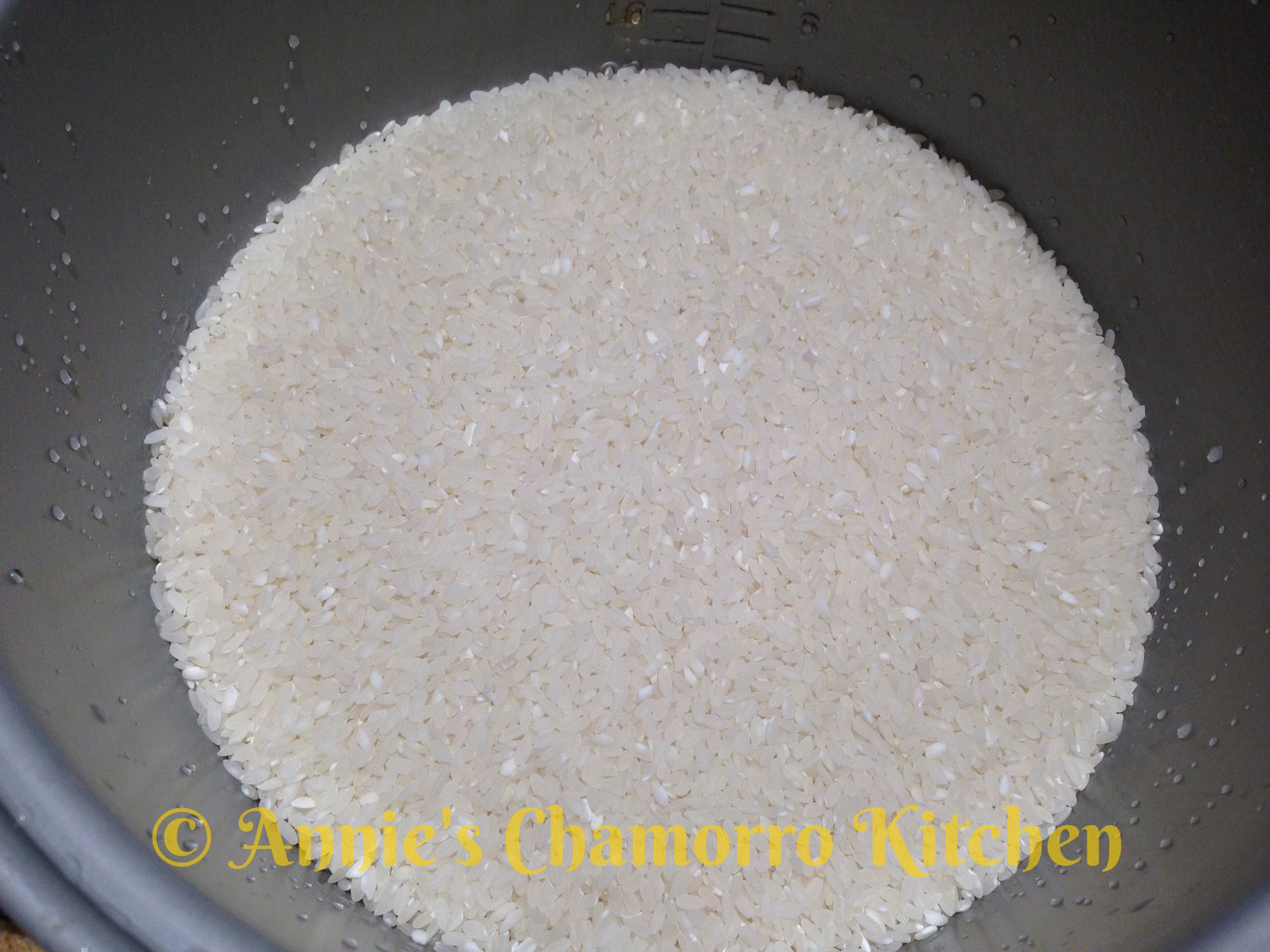 2. Into the pot, add the Dashida, bacon fat, black pepper, garlic, and achote powder. If you don’t have any saved bacon fat, substitute with olive or vegetable oil.
2. Into the pot, add the Dashida, bacon fat, black pepper, garlic, and achote powder. If you don’t have any saved bacon fat, substitute with olive or vegetable oil. 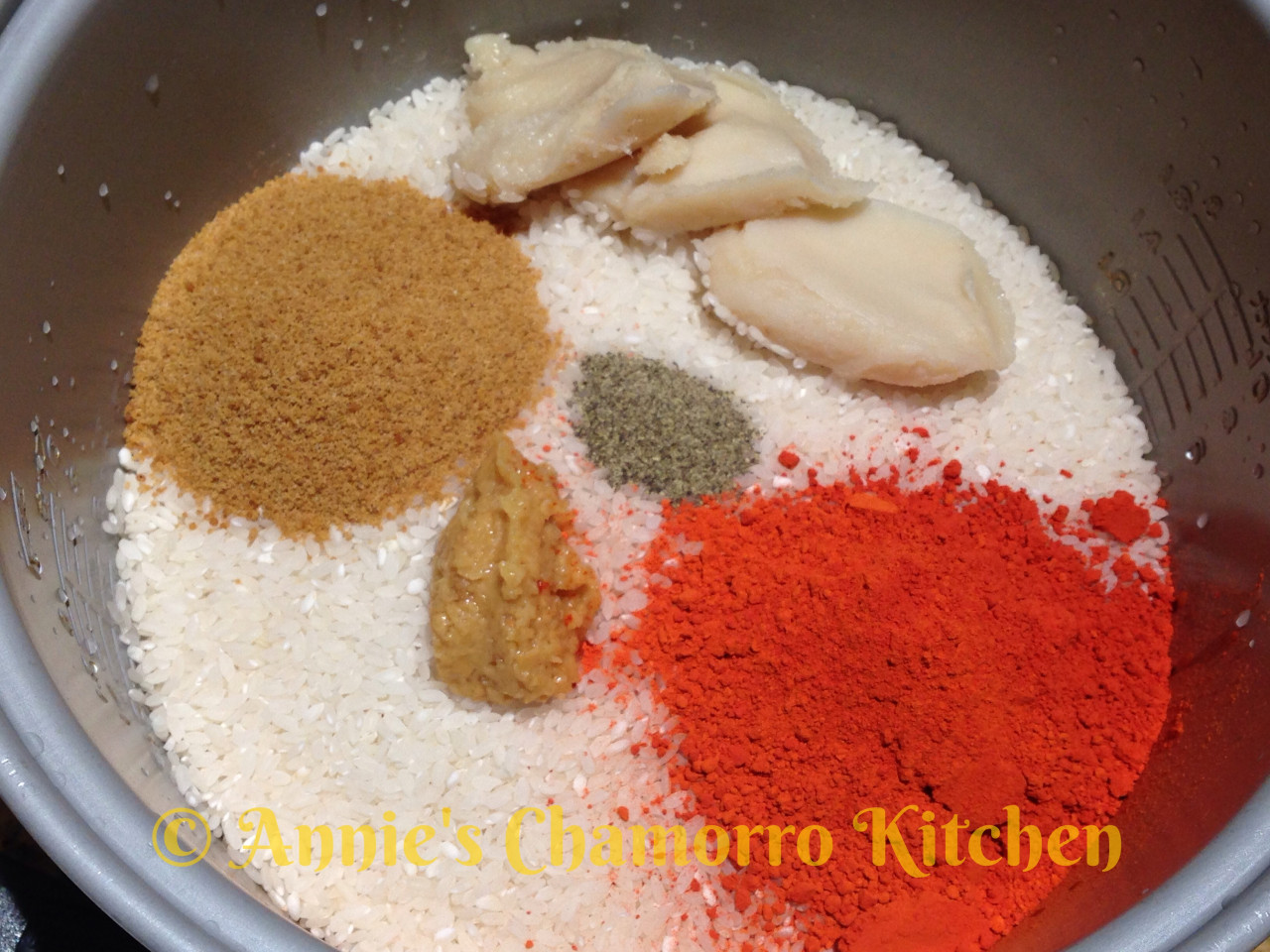 3. Add the green onions to the pot.
3. Add the green onions to the pot. 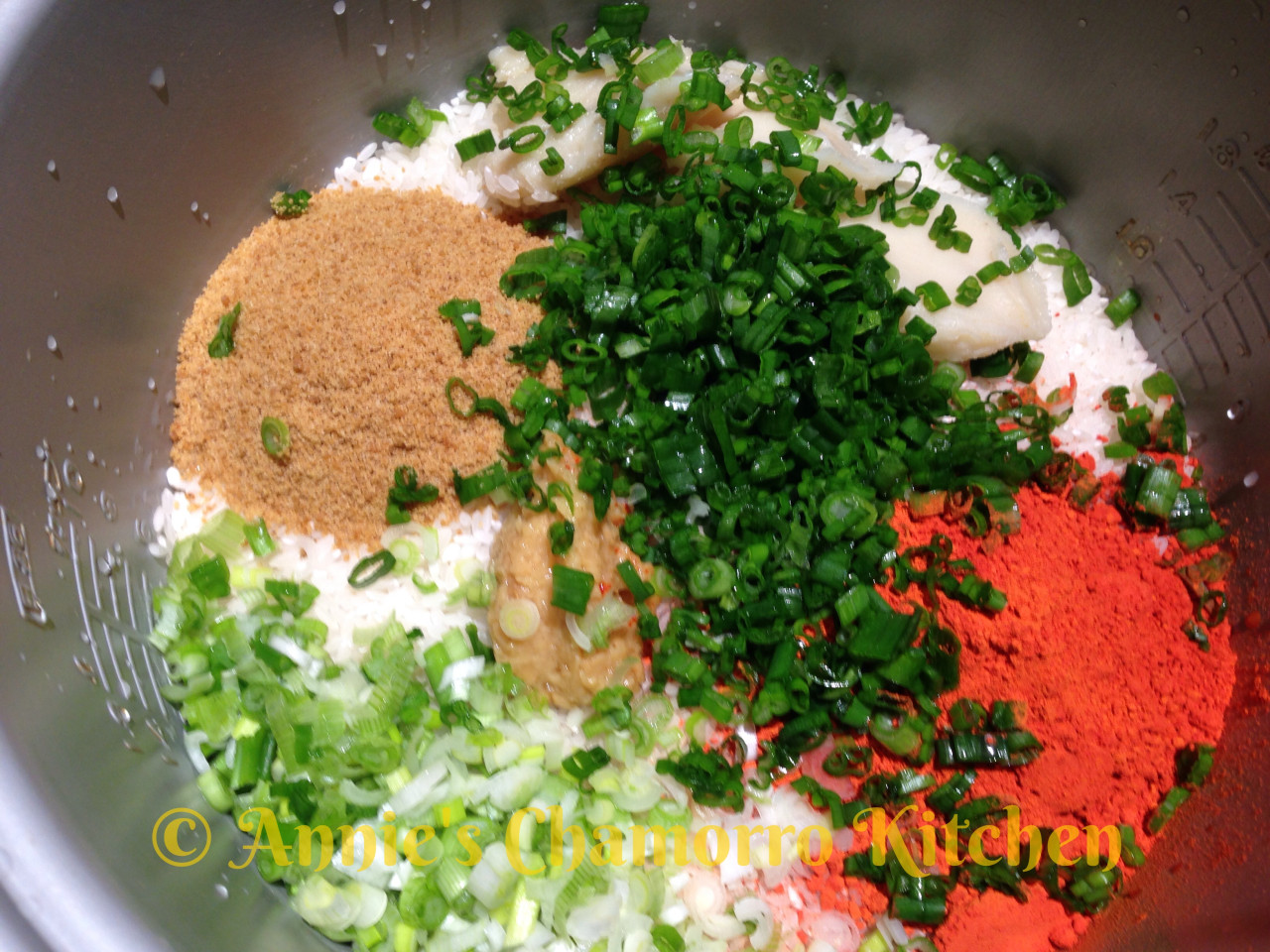 4. Carefully pour the hot water into the pot. Stir to combine all the ingredients and to dissolve the achote powder and Dashida. The bacon fat will start to melt; don’t worry if it doesn’t completely melt at this time.
4. Carefully pour the hot water into the pot. Stir to combine all the ingredients and to dissolve the achote powder and Dashida. The bacon fat will start to melt; don’t worry if it doesn’t completely melt at this time.
Turn the rice cooker to the “cook” setting. The only thing left to do is to stir the rice a couple more times. Wait a couple of minutes then stir to ensure even mixing after the bacon fat melted. Wait another 5 minutes or so and stir once more to ensure the rice at the bottom of the pot is evenly coated with achote coloring.
After stirring the rice for a second time, leave the rice to cook/steam until done.
5. Serve with your favorite meat dish (Chamorro BBQ, fried chicken, or pan-fried Spam goes fantastic with red rice!) and ENJOY! 😀
